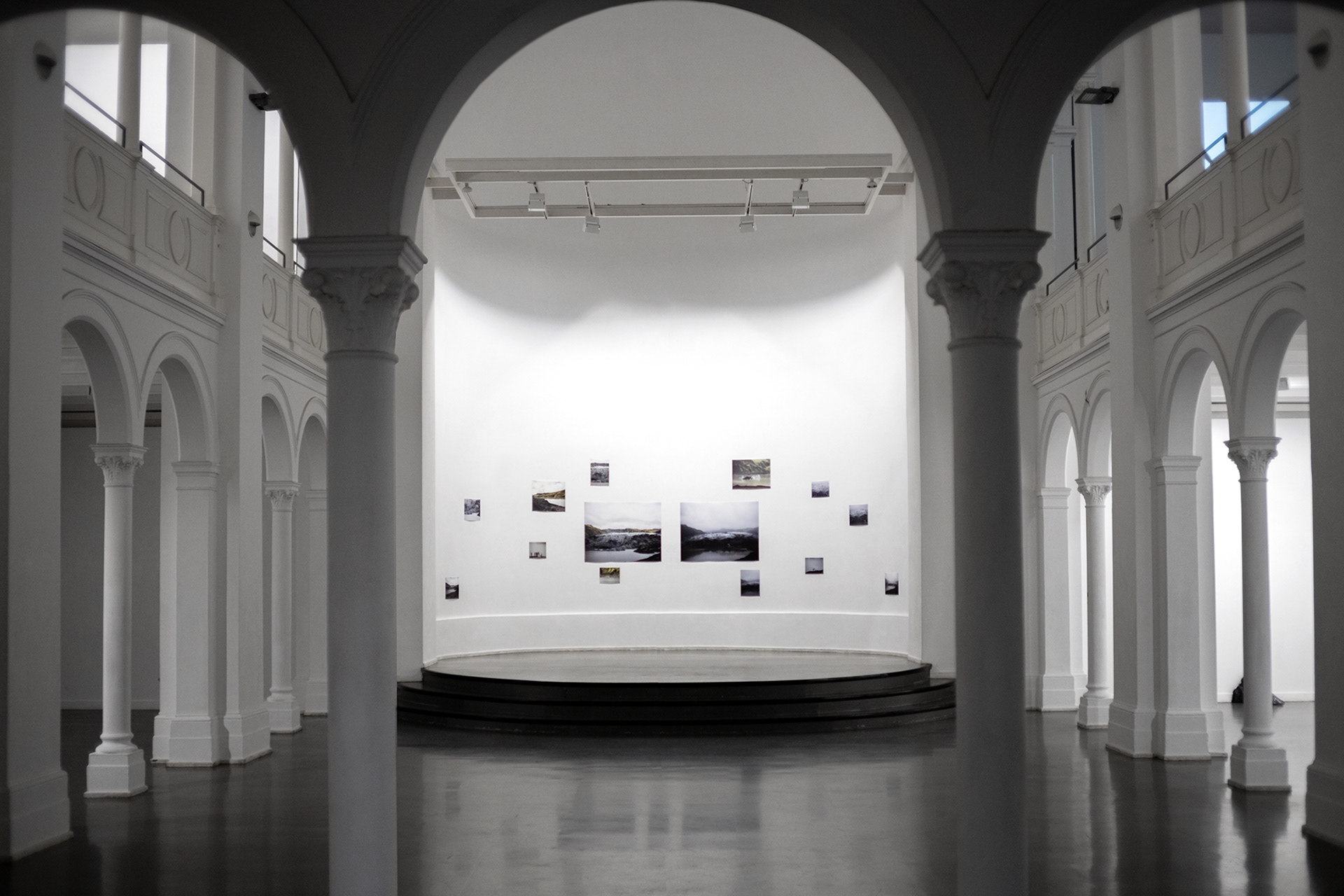“One does not have to be a great seer to predict that the relationship between humans and nature will, in all probability, be the most important question of the present century.”
- Philippe Descola
‘Altered Lands’ was a group exhibition imagined as a baseline study of how artists interpret the topic of direct human influence on the planet.
Our world is rapidly changing by the hands of human beings, increasingly since the onset of the industrial revolution and even more exponentially rapid in modern times. Human life as we know it is impossible without the use of elements and produce harvested from the earth.
Once natural landscapes have become industrialised, providing sustenance for the ever-increasing need for natural resources, oil drilling, mining operations, energy and food production, all leave open wounds and scar tissue across the surface of the globe. In addition to that, entire ecosystems are in turmoil due to the effects of climate change.
With this exhibition, we aimed at showing a world we’ve made for ourselves, becoming witnesses to the realities of our industrialised planet. The artworks brought together display direct effects of human impact on our global environment, disclosing various signs of the devastating price we have to pay to meet our material demands and rampant consumerism.
In the time we live in, human impact on the ecosystem and the signs of the Athropocene are one of the most important issues to tackle. Environmental scholar and activist Vandana Shiva wrote in 2010:
“When we think of wars in our time, our mind turns to Iraq and Afghanistan. But the bigger war is the war against the planet. This war has its roots in an economy that fails to respect ecological and ethical limits - limits to inequality, limits to injustice, limits to greed and economic concentration.”
Rob Nixon proposed the term “slow violence” to describe anthropogenic change of our planet in his book “Slow Violence And The Environmentalism Of The Poor”:
“By slow violence I mean a violence that occurs gradually out of sight, a violence of delayed destruction that is dispersed across time and space, an attritional violence that is typically not viewed as violence at all. Violence is customarily conceived as an event or action that is immediate in time, explosive and spectacular in space, and as erupting into instant sensational visibility. We need, I believe, to engage in a different view on violence, a violence that is neither spectacular not instantaneous, but rather incremental and accretive, its calamitous repercussions playing out across a range of temporal scales. In so doing, we also need to engage in representational, narrative, and strategic challenges posed by the relative invisibility of slow violence. Climate change, the thawing of the cryosphere, toxic drift, biomagnification, deforestation, the radioactive aftermath of wars, acidifying oceans, and a host of other slowly unfolding environmental catastrophes present formidable representational obstacles that can hinder our efforts to mobilize and act decisively. The long dyings - the staggered and staggeringly discounted casualties, both human and ecological that result from war’s toxic aftermaths or climate change - are underrepresented in strategic planning as well as in human memory.”
Art can tell stories that statistics struggle to tell. Works of art can draw the viewer in. Art can add a sense of wonder into a dry debate. By those means, art can potentially play an important role in understanding certain phenomena by its unique way of connecting to the onlooker. Inviting the viewer to contemplate on the backstory and thematic expression of the images presented, accessing our collective visual memory, rather than simply looking at a picture or viewing through a frame.
As French philosopher, anthropologist and sociologist Bruno Latour answered the question, how to sensitise people to the ecological problems of our time by stating:
“Not make them sensitive. You either are or you aren't depending on how able you are to understand the world you live in. If a fire alarm went off, we wouldn't keep talking, we'd go outside. Sensitivity is something you develop, for which you need instruments. You need instruments, alarms, hearing aids, all kinds of devices to be sensitive. There are a few examples of this sensitivity. First of all science, natural sciences. They made us sensitive to climate change in a broad sense. The arts also play an important role in understanding certain phenomena. What matters is that society is able to detect the changes it brought on itself in time.”
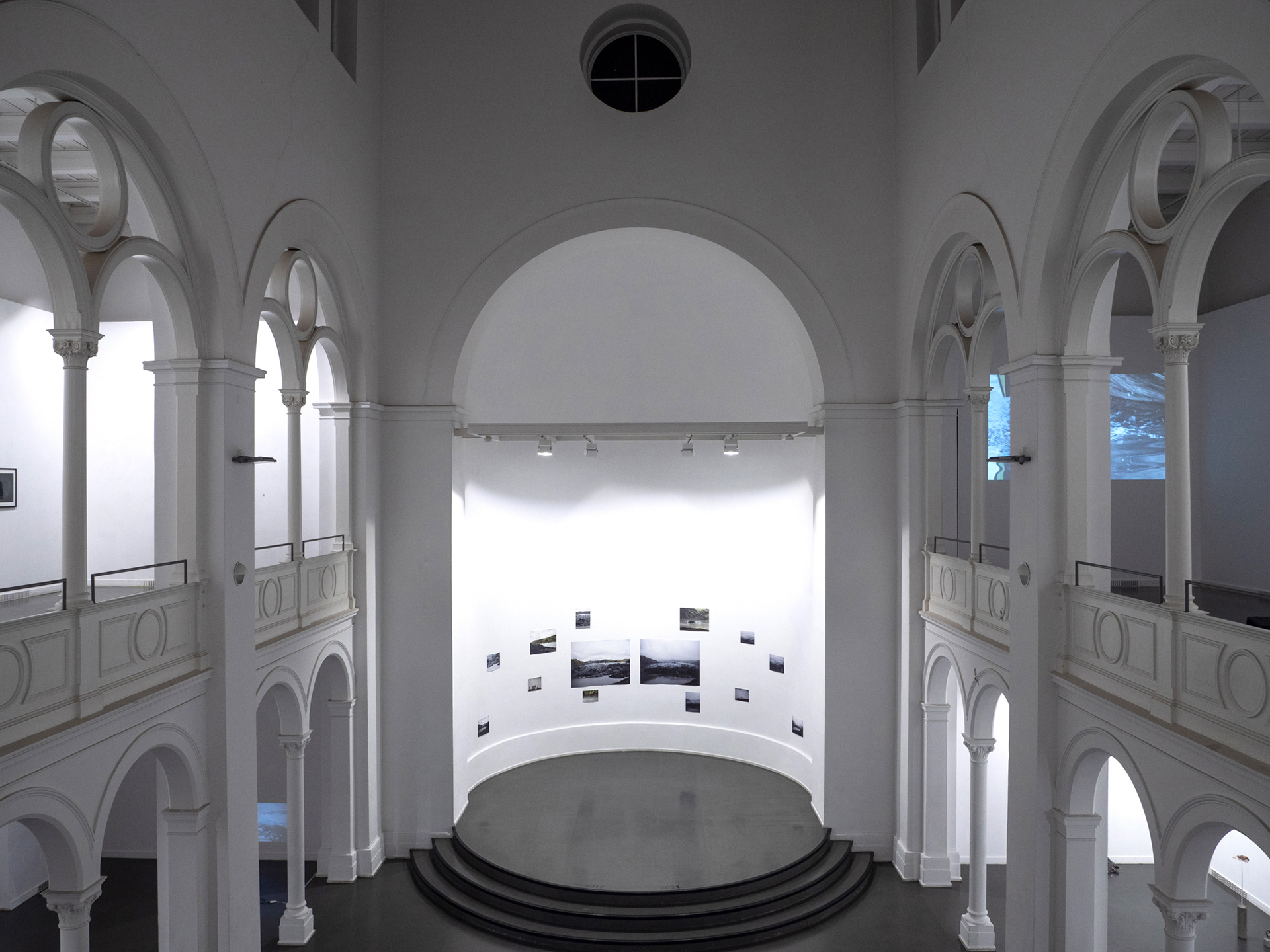
General view

General view
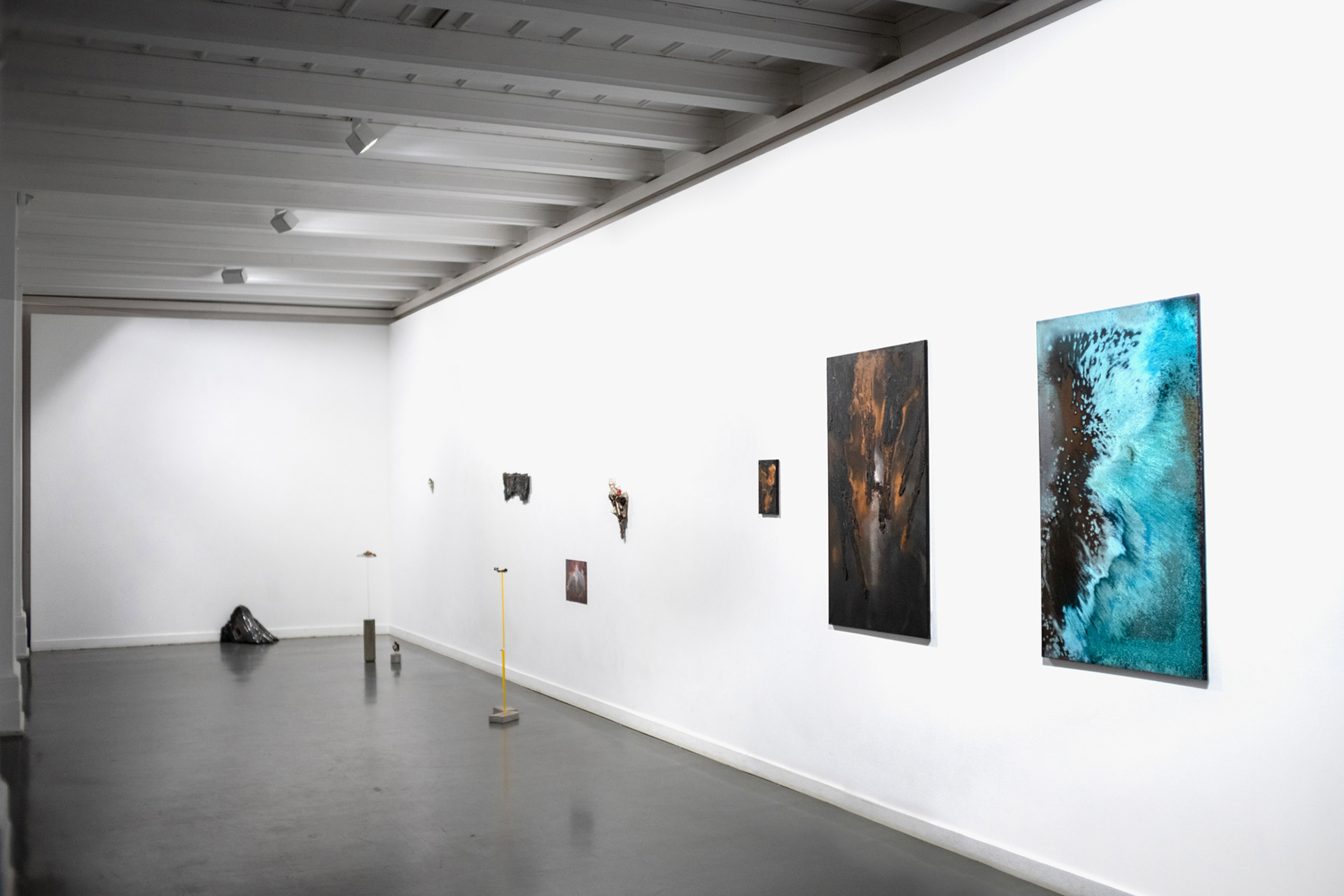
General view

General view

General view
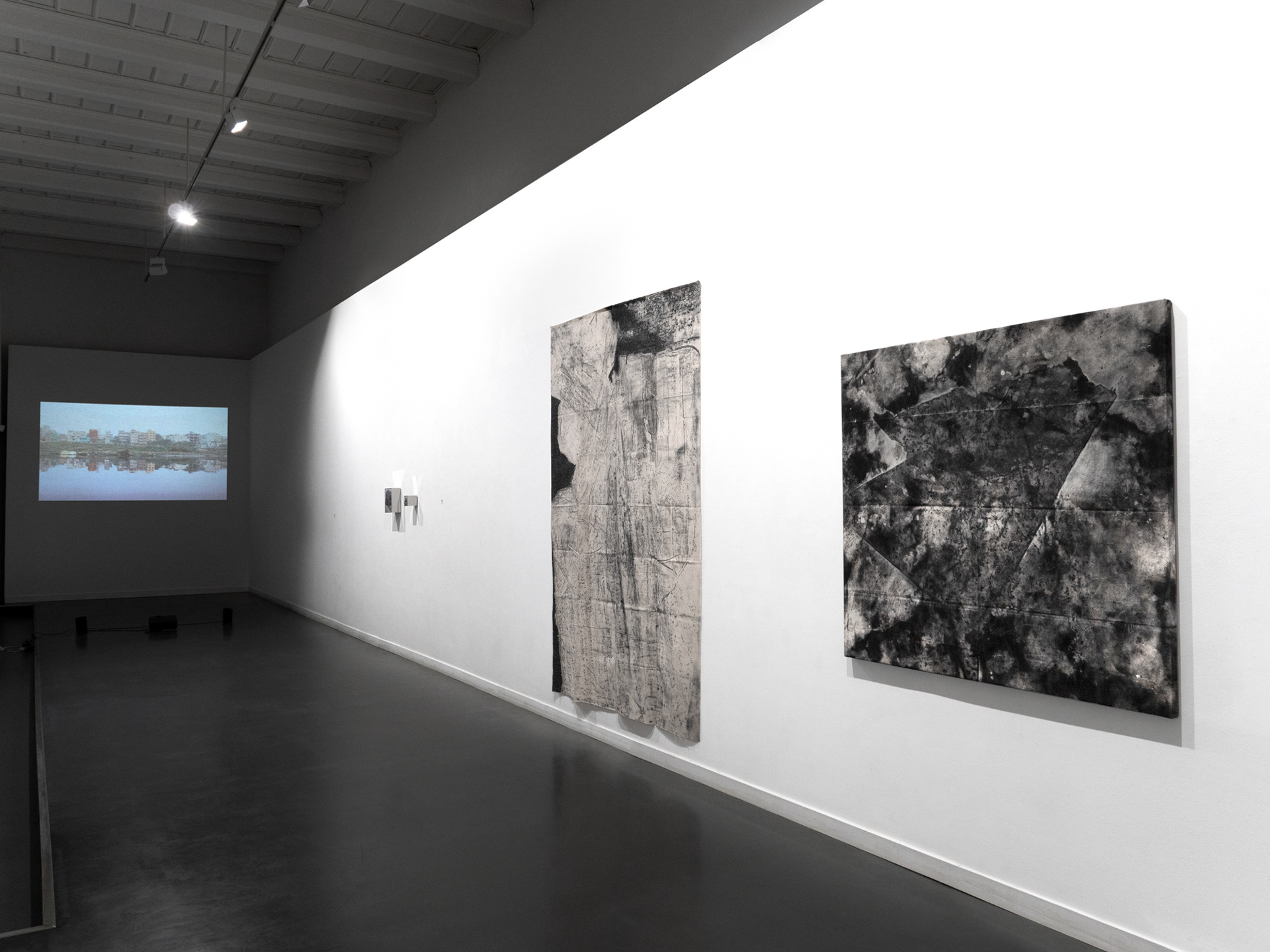
General view
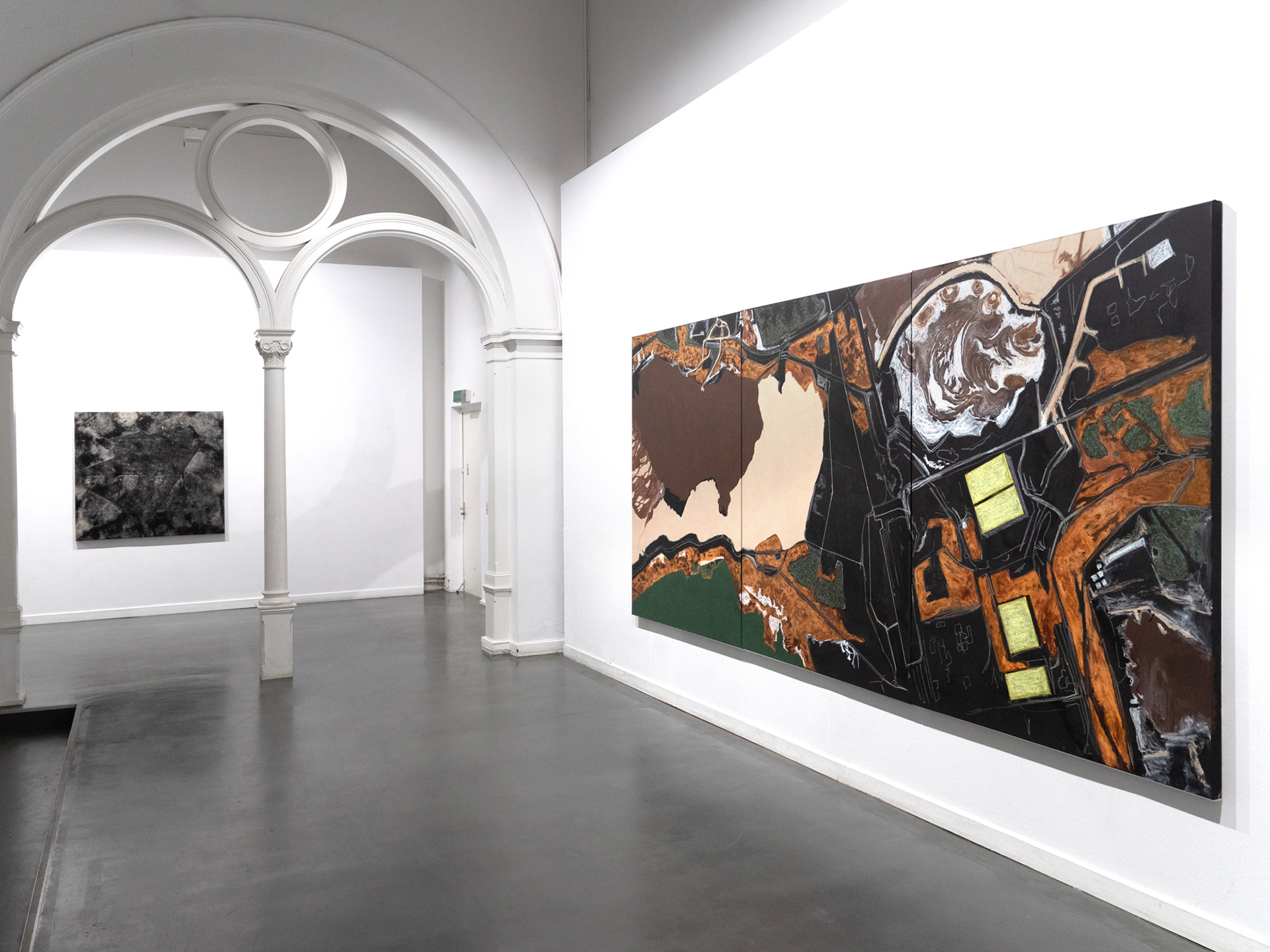
General view

General view

General view
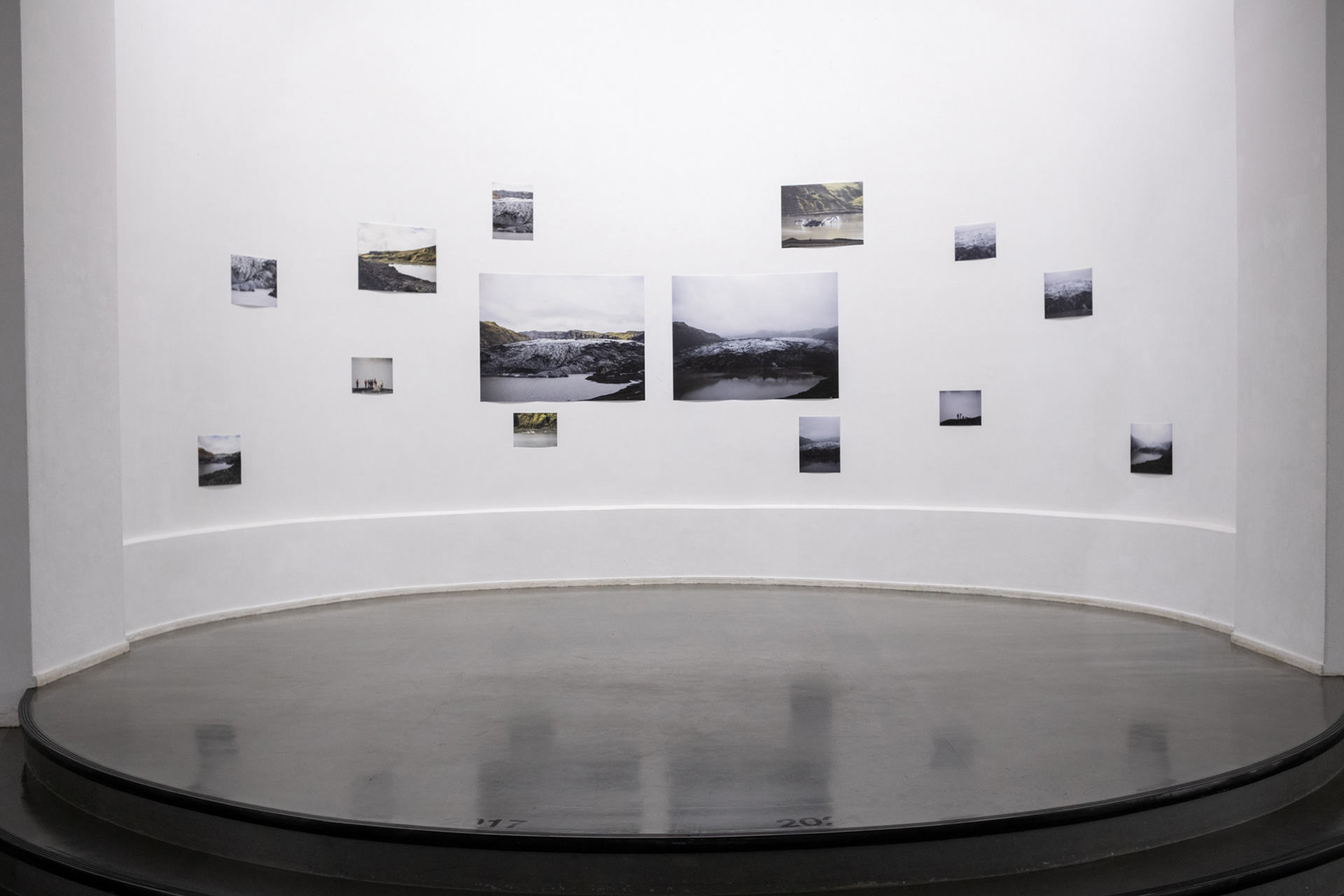
Pako Quijada
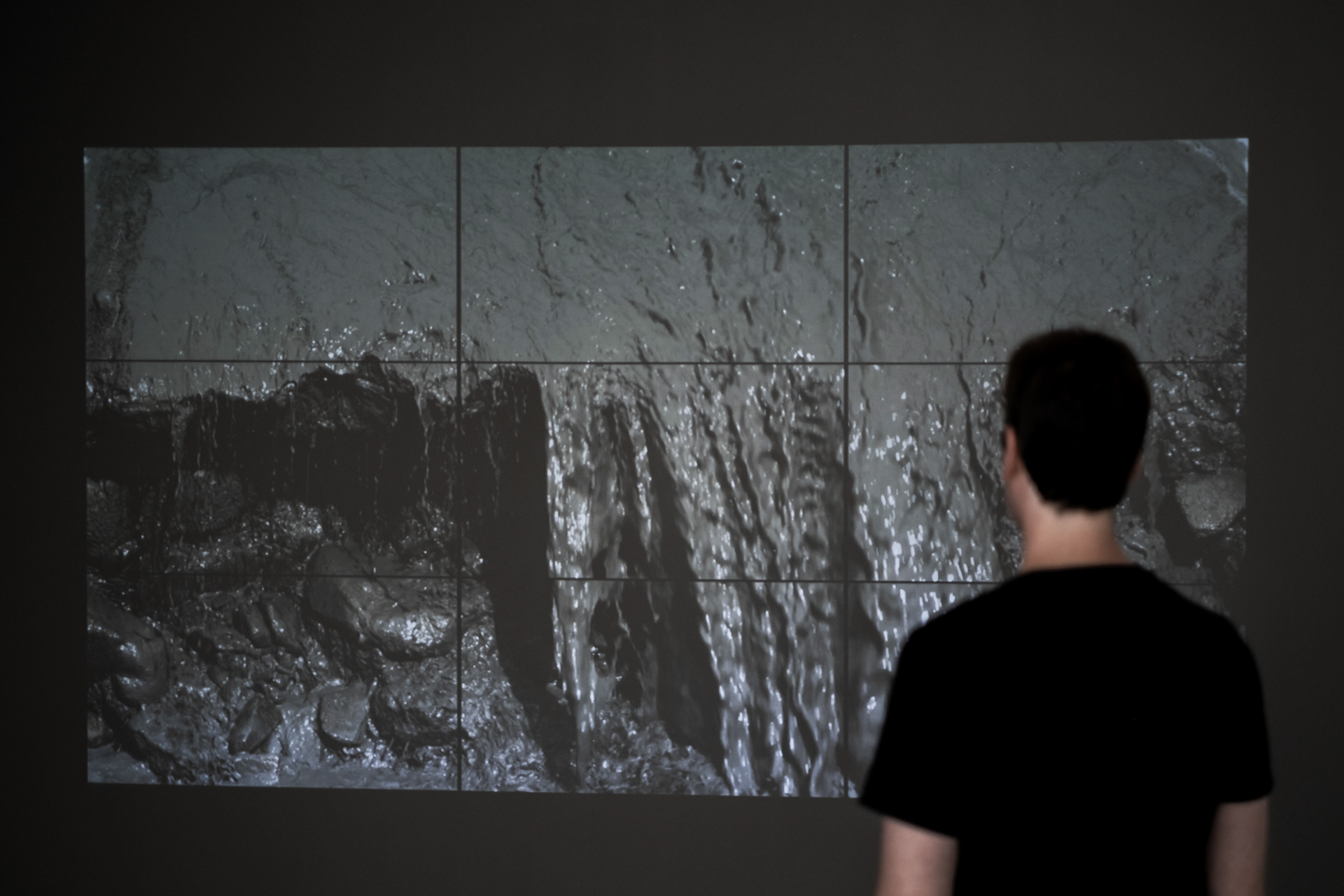
Clemencia Echeverri
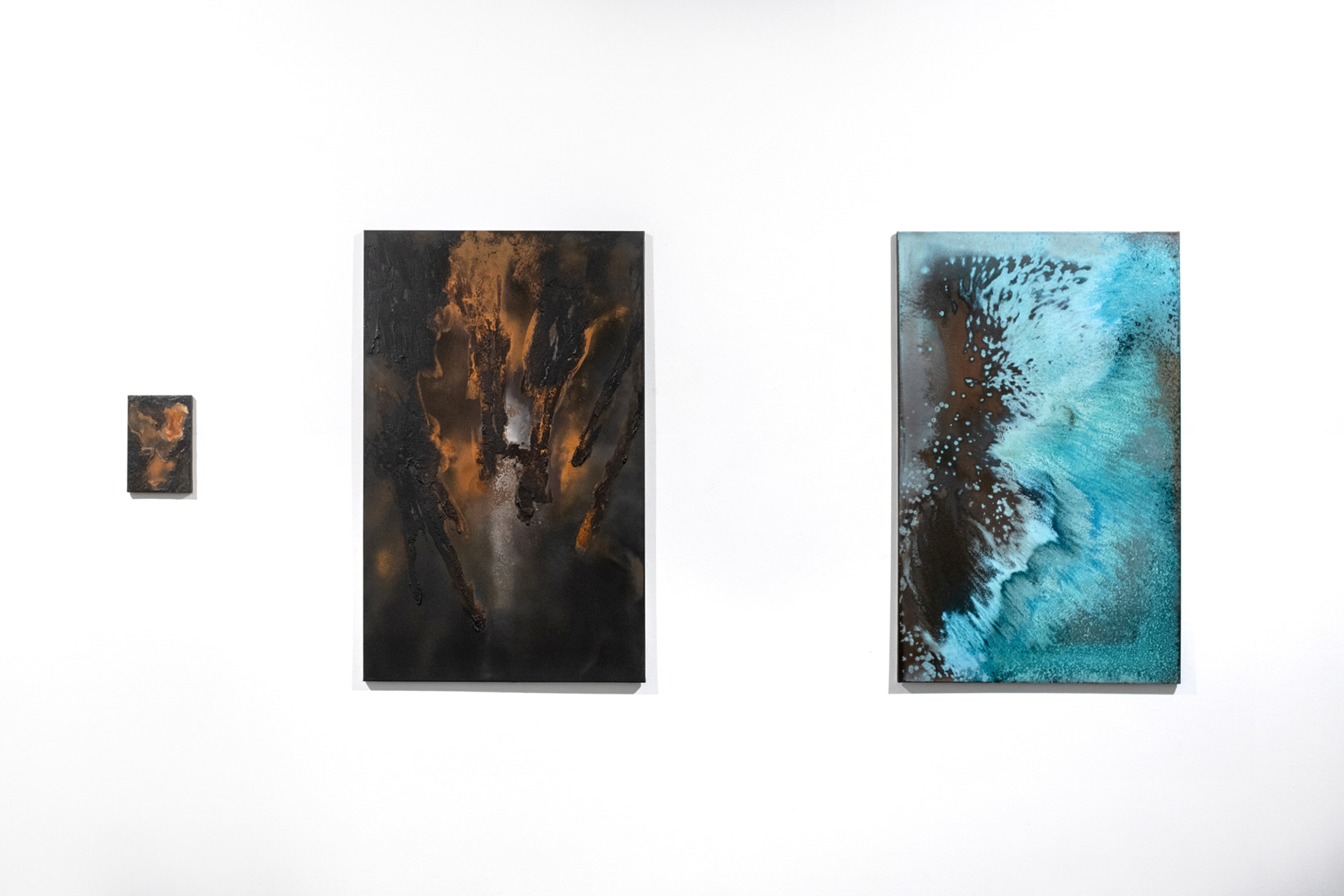
Kristian Askelund
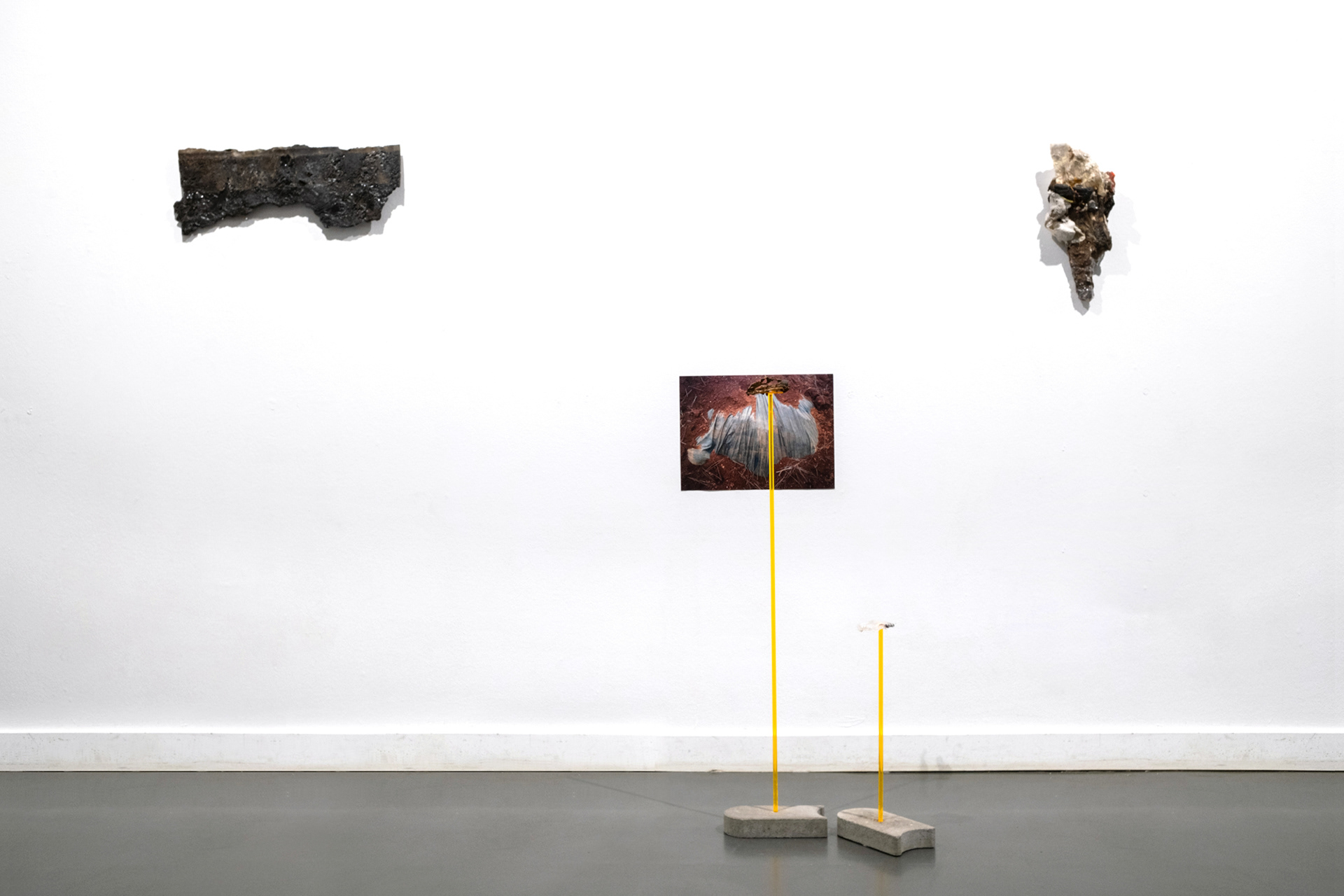
Silvia Noronha

Silvia Noronha

Silvia Noronha

General view
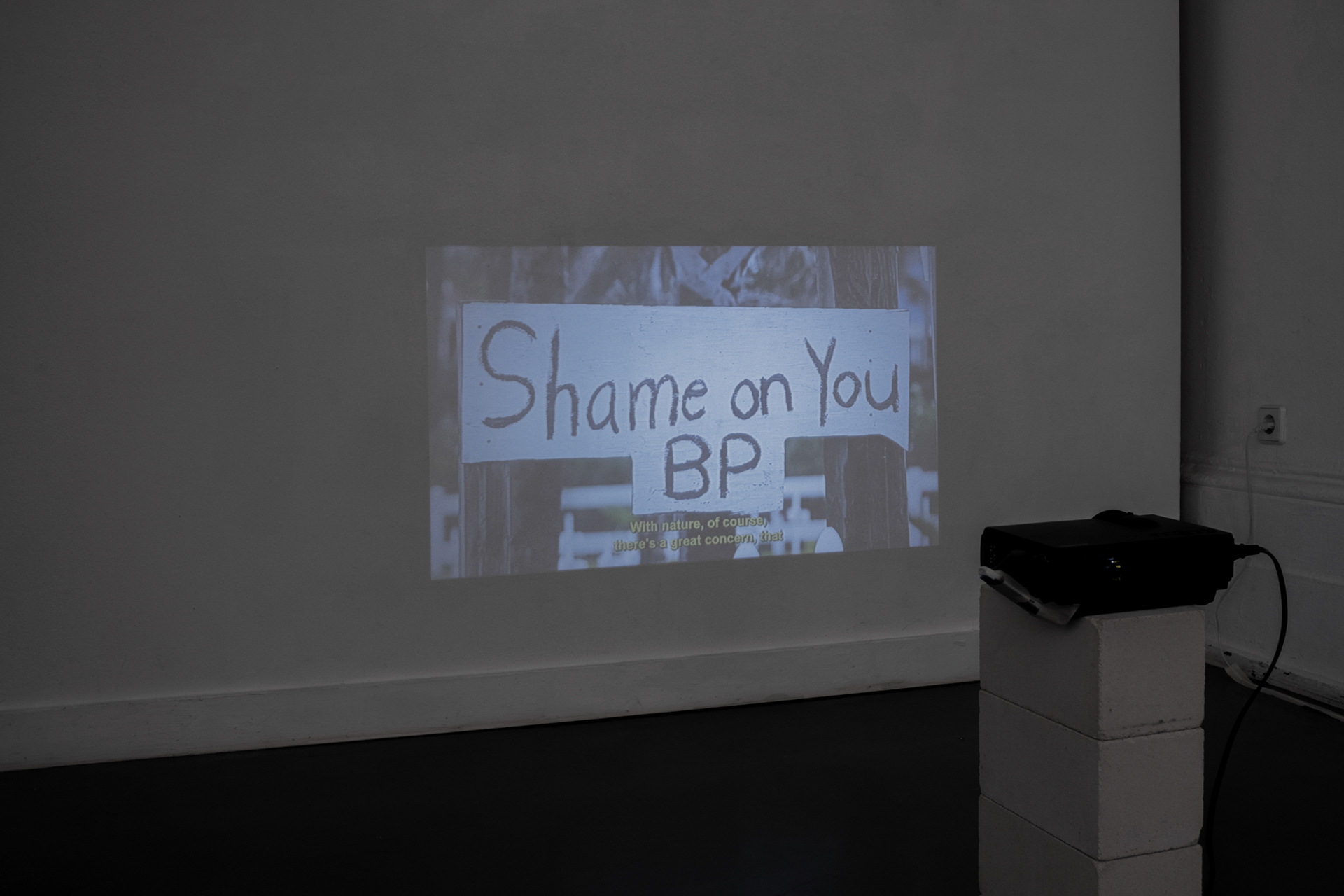
Pako Quijada
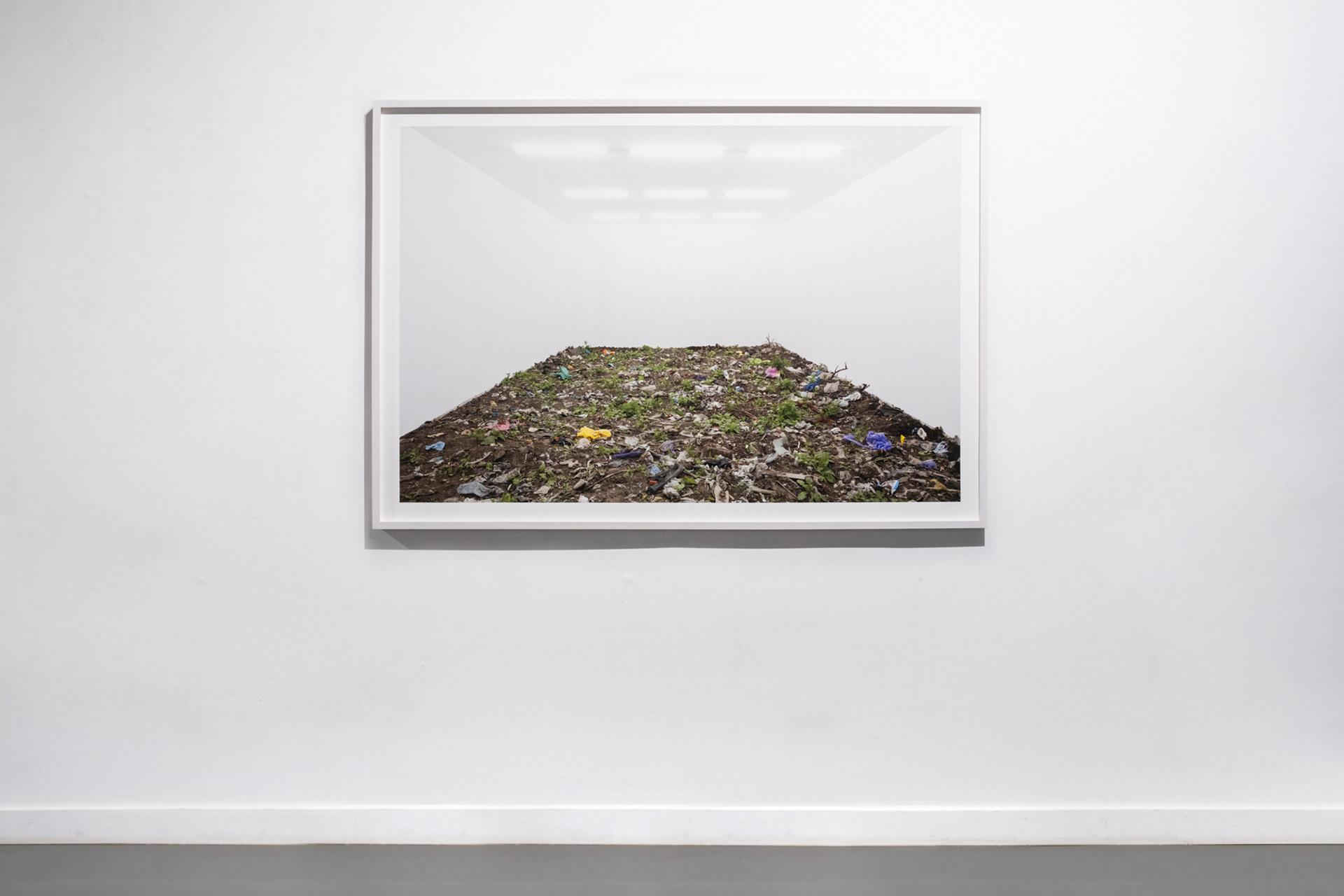
Fabian Knecht
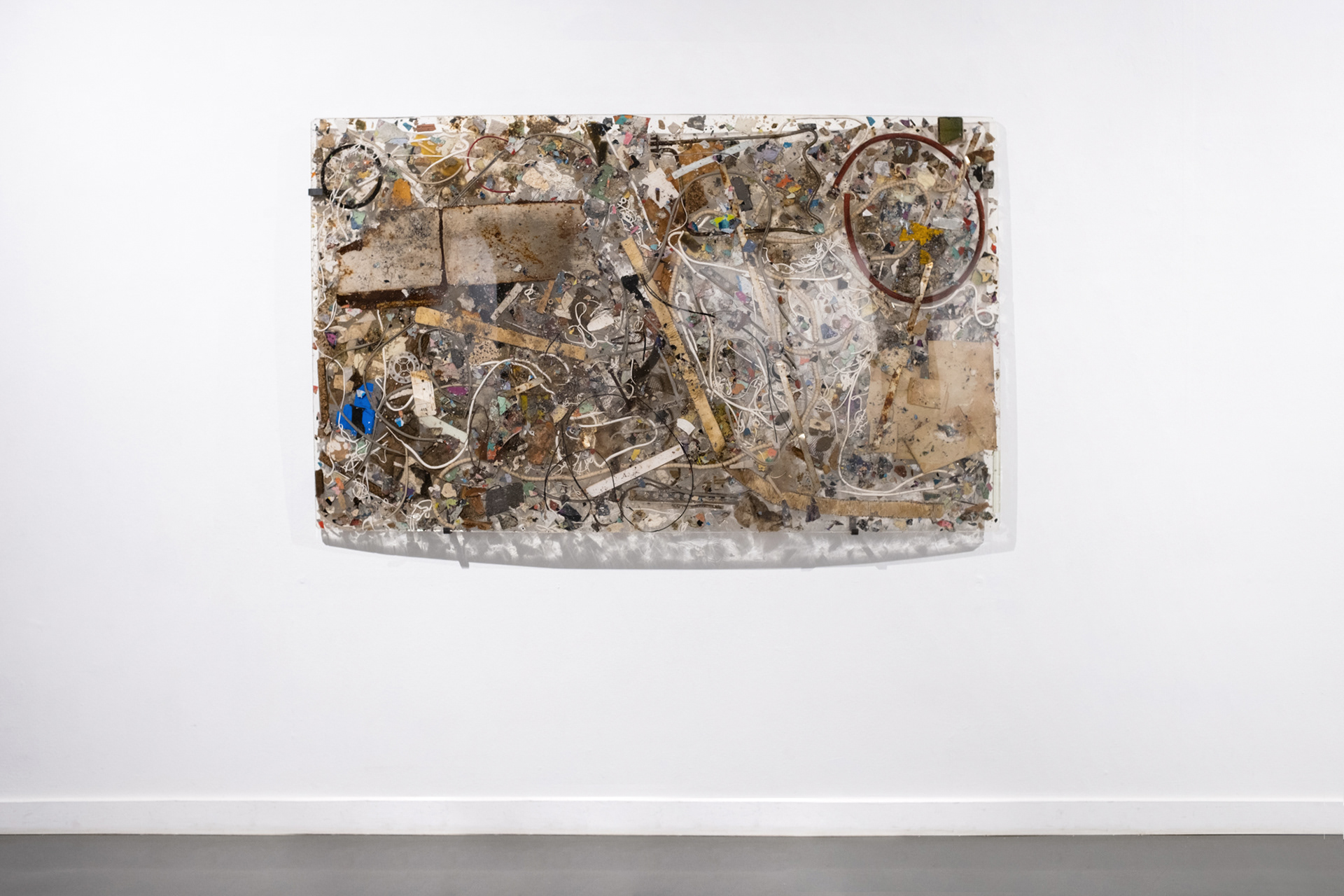
Yazoo Jang
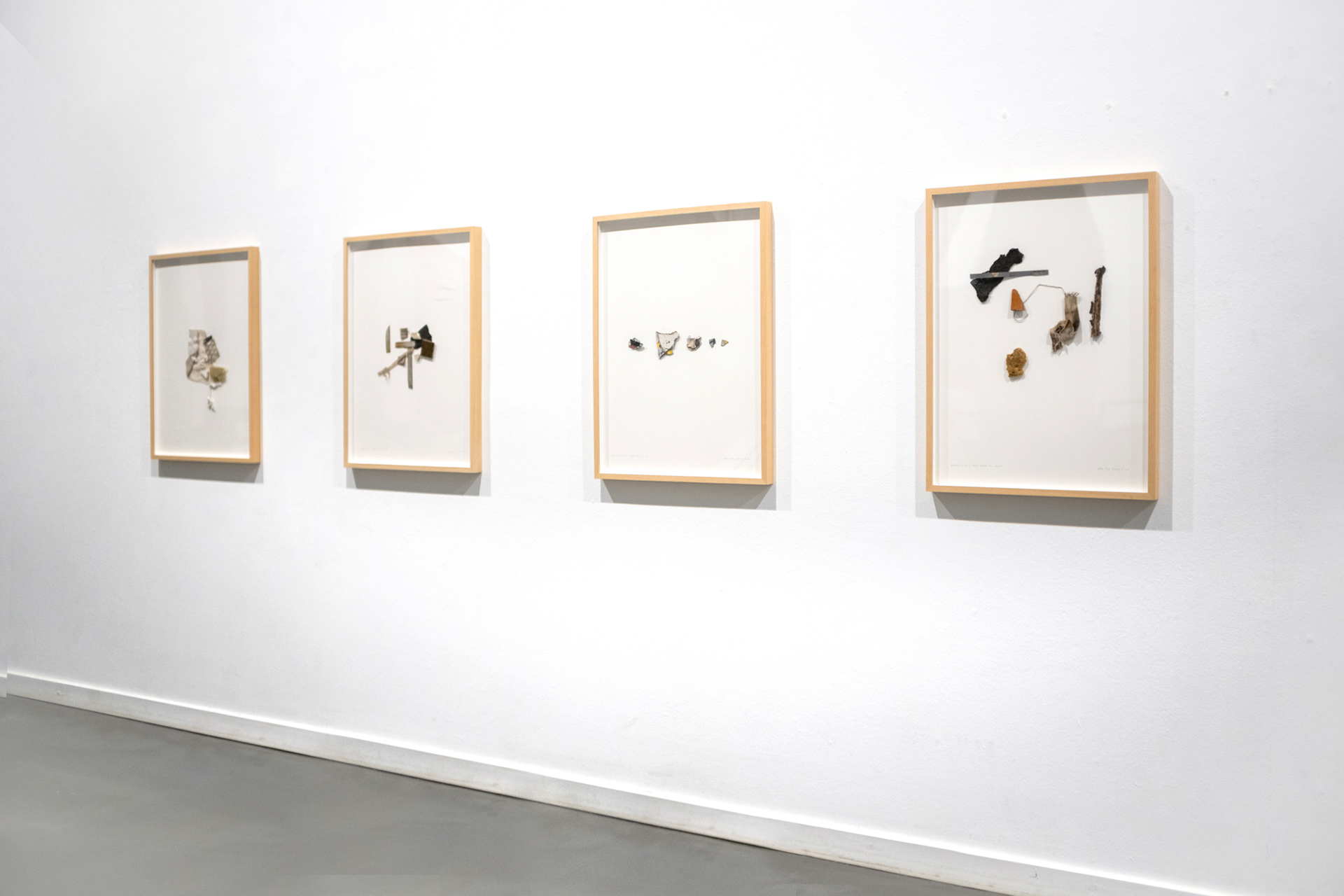
Jazoo Yang
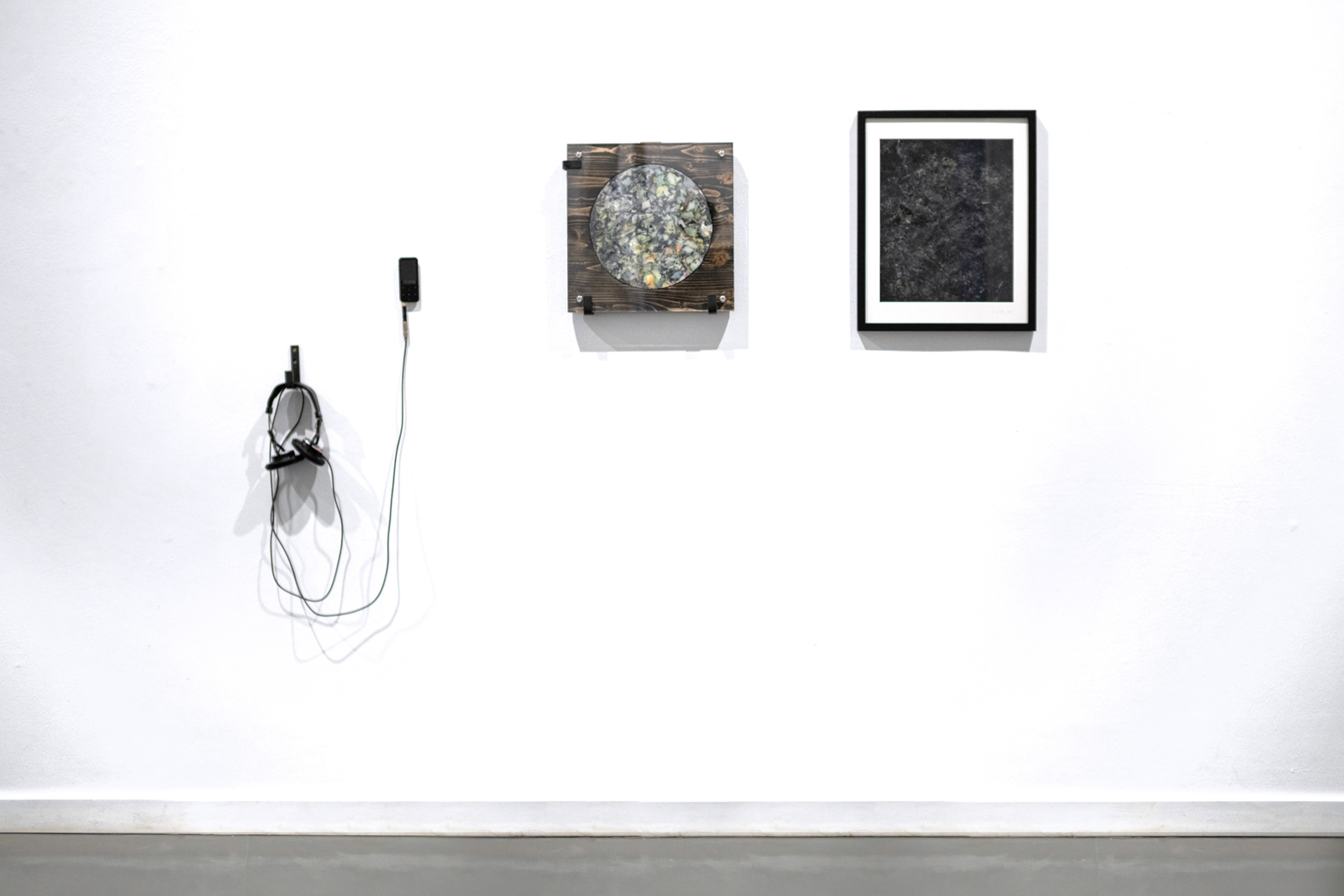
Haku Sungho
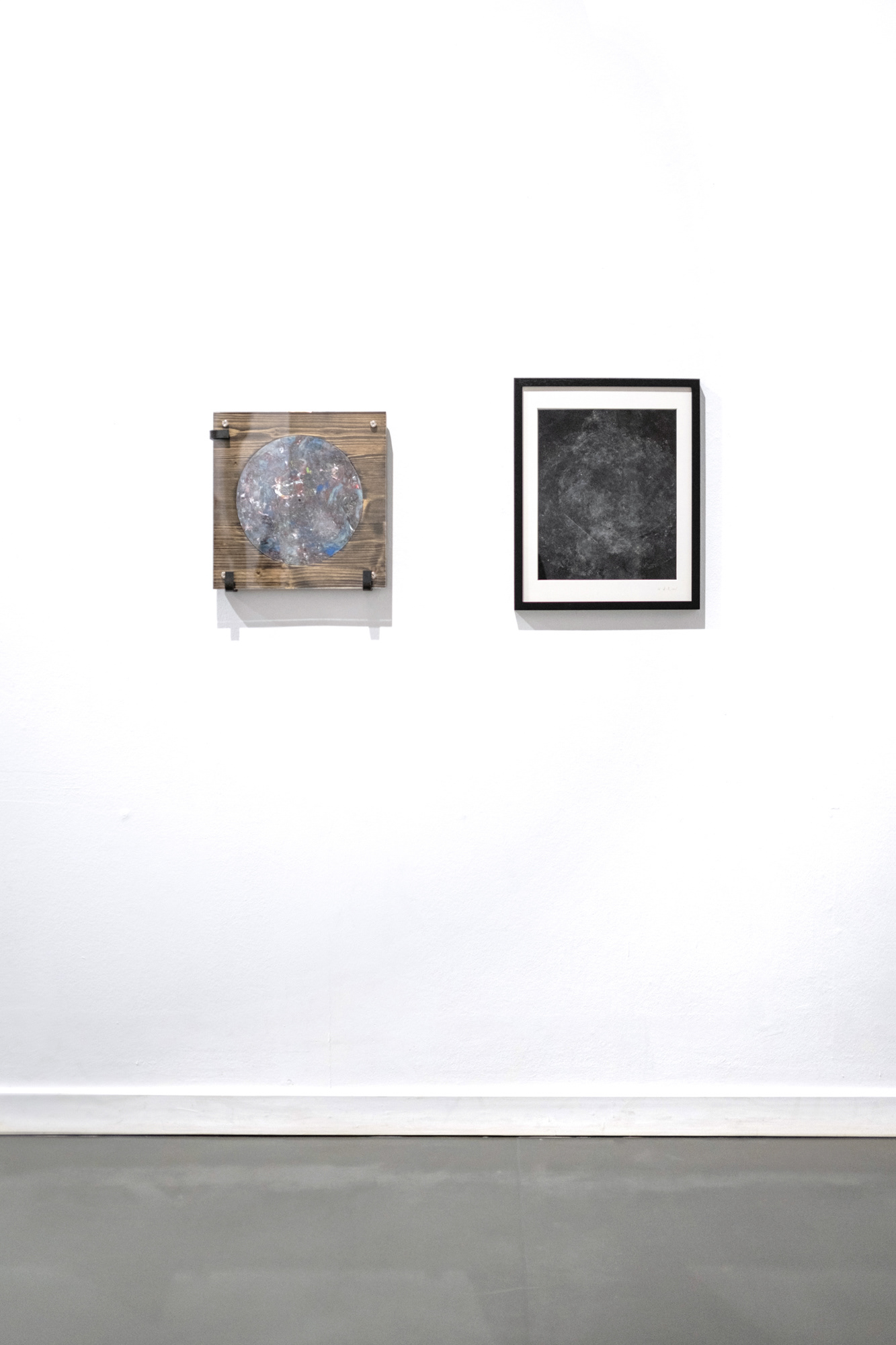
Haku Sungho

Haku Sungho
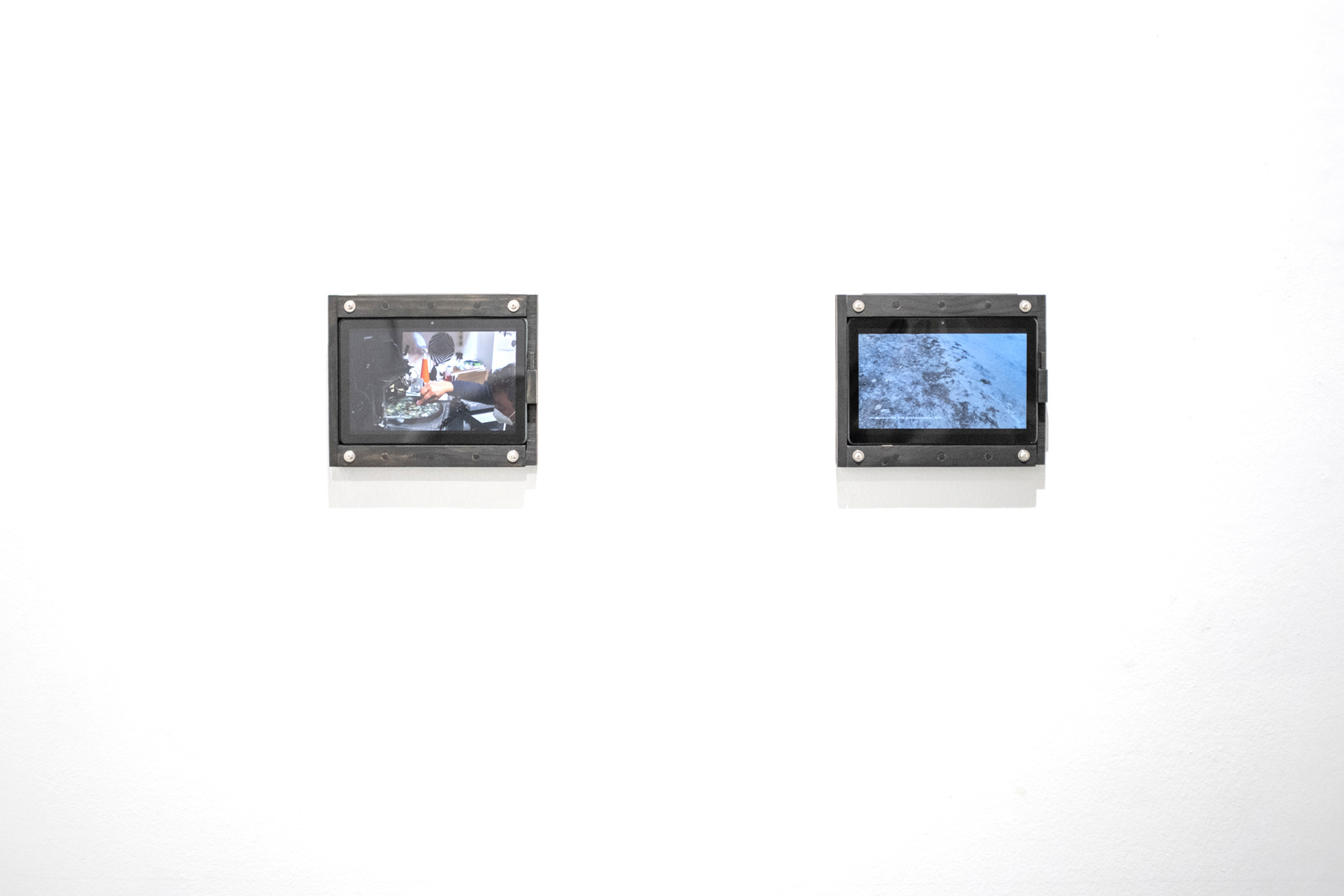
Haku Sungho
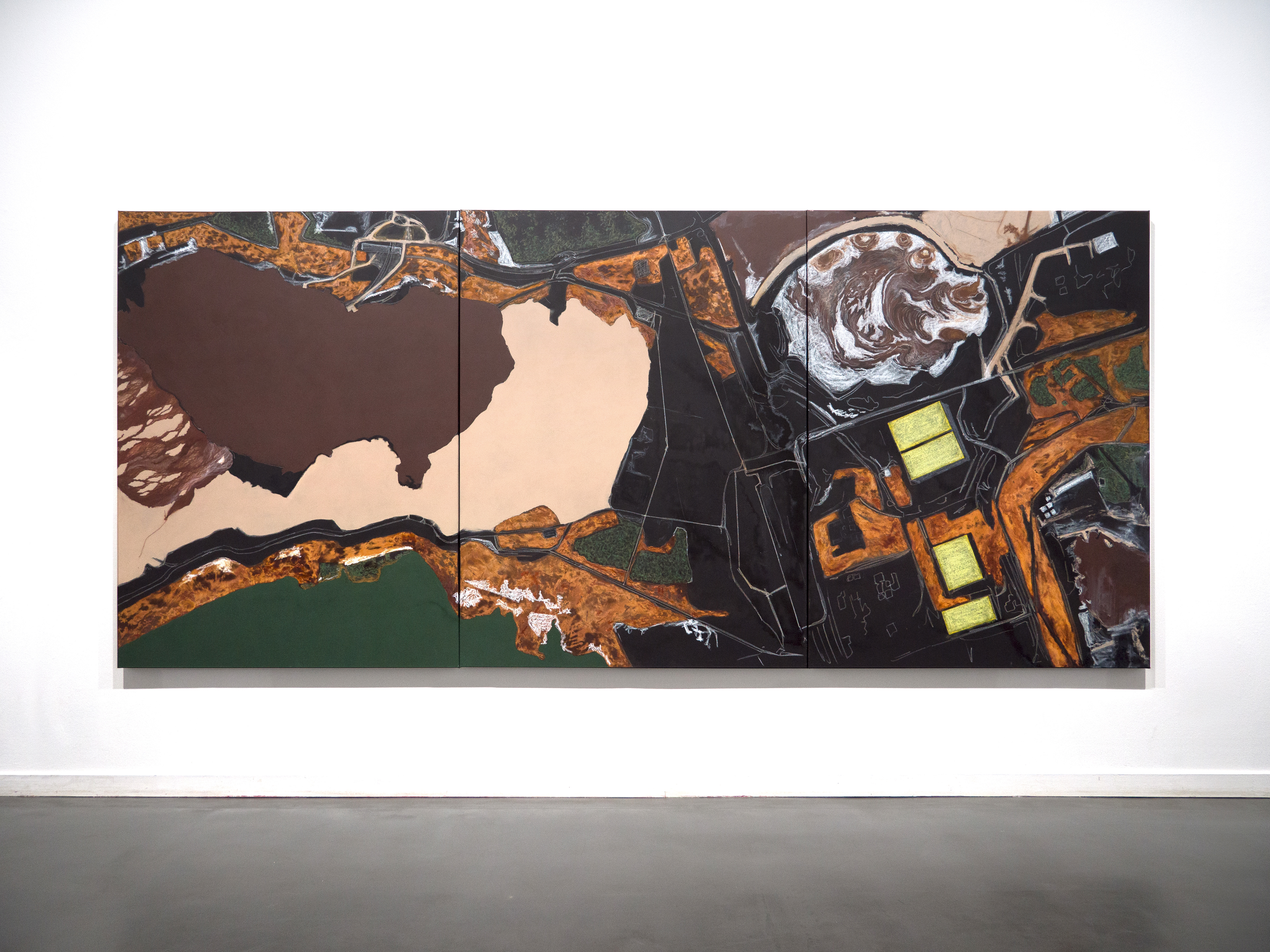
Kristian Askelund
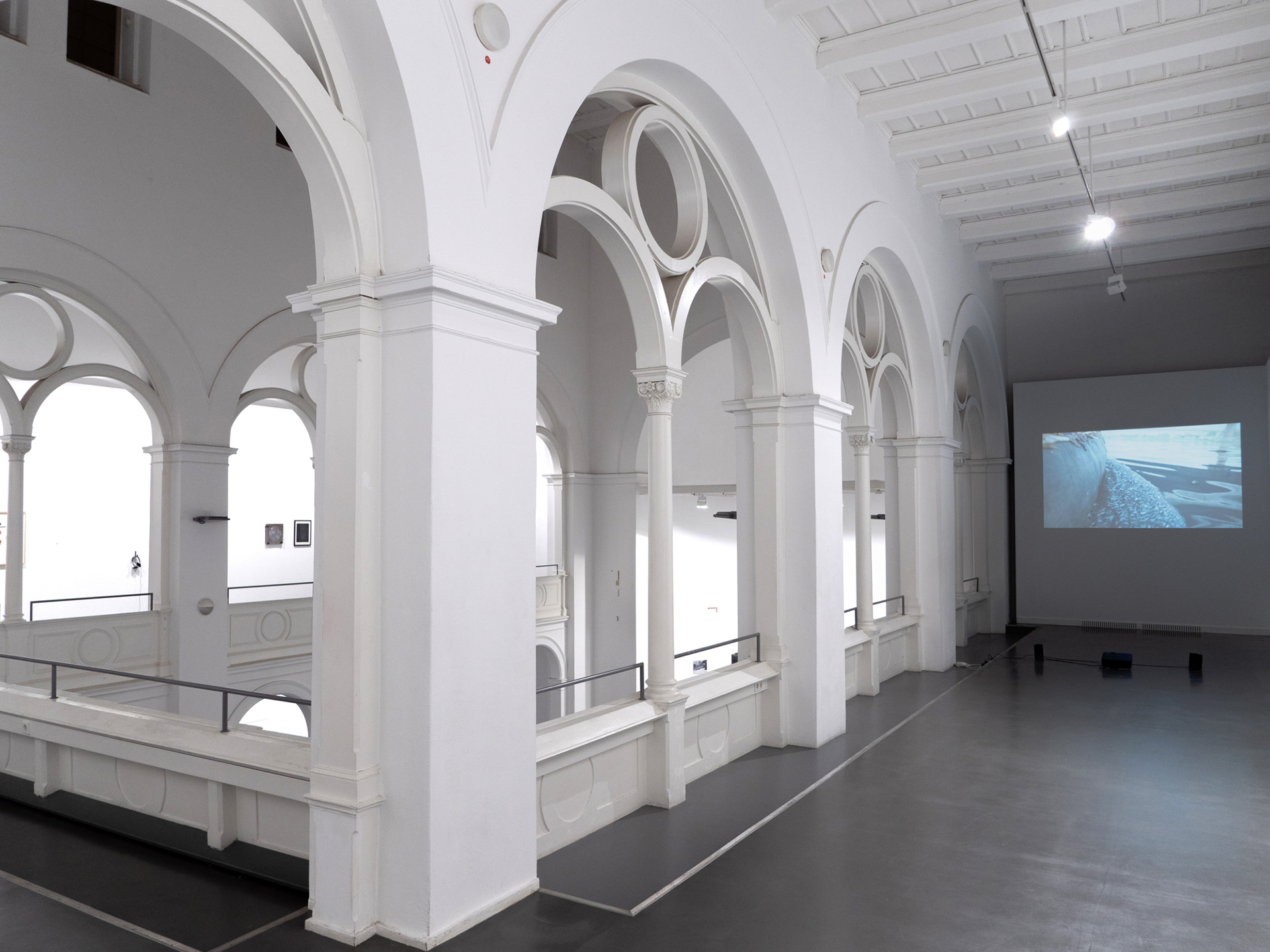
General view
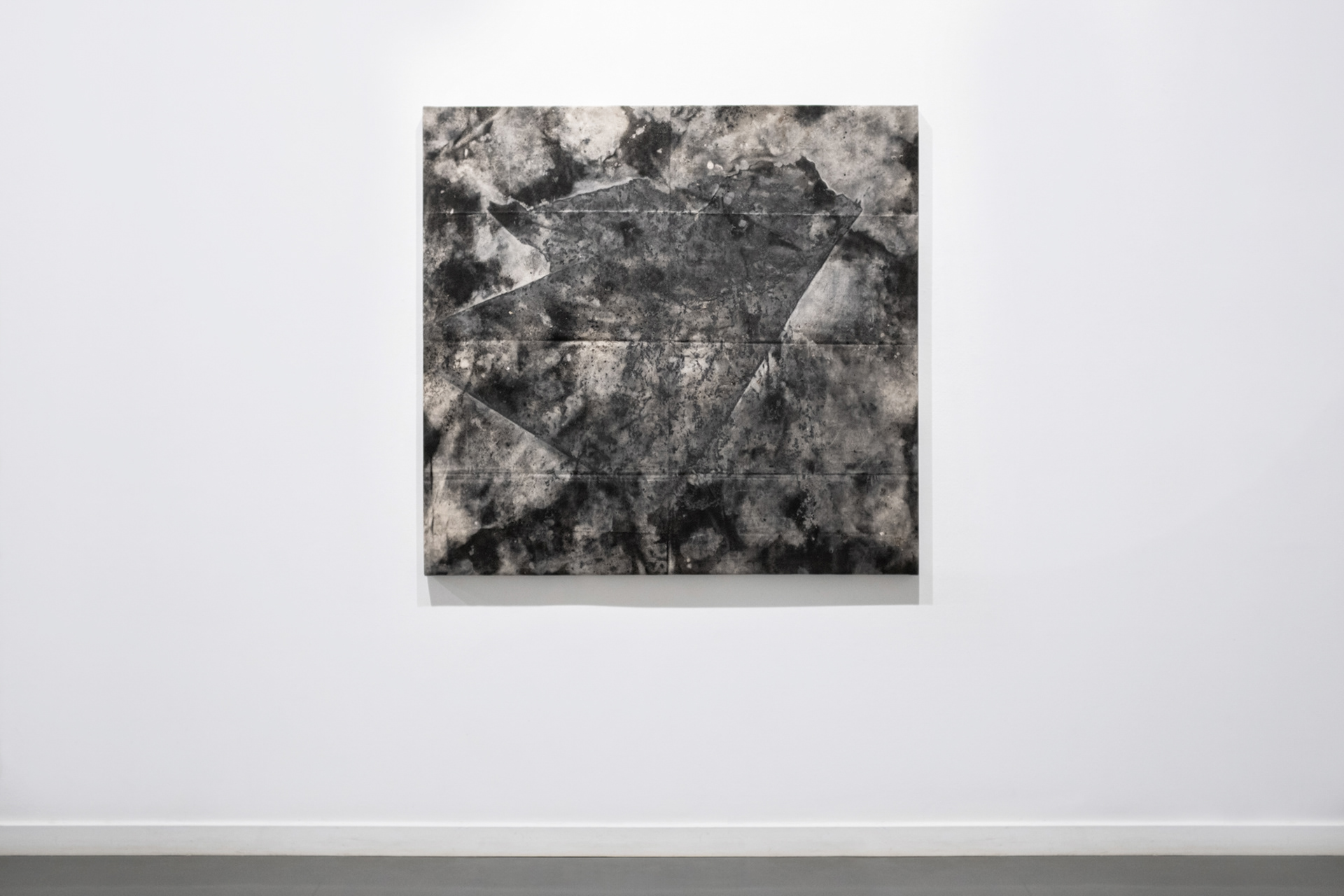
Hunter Buck
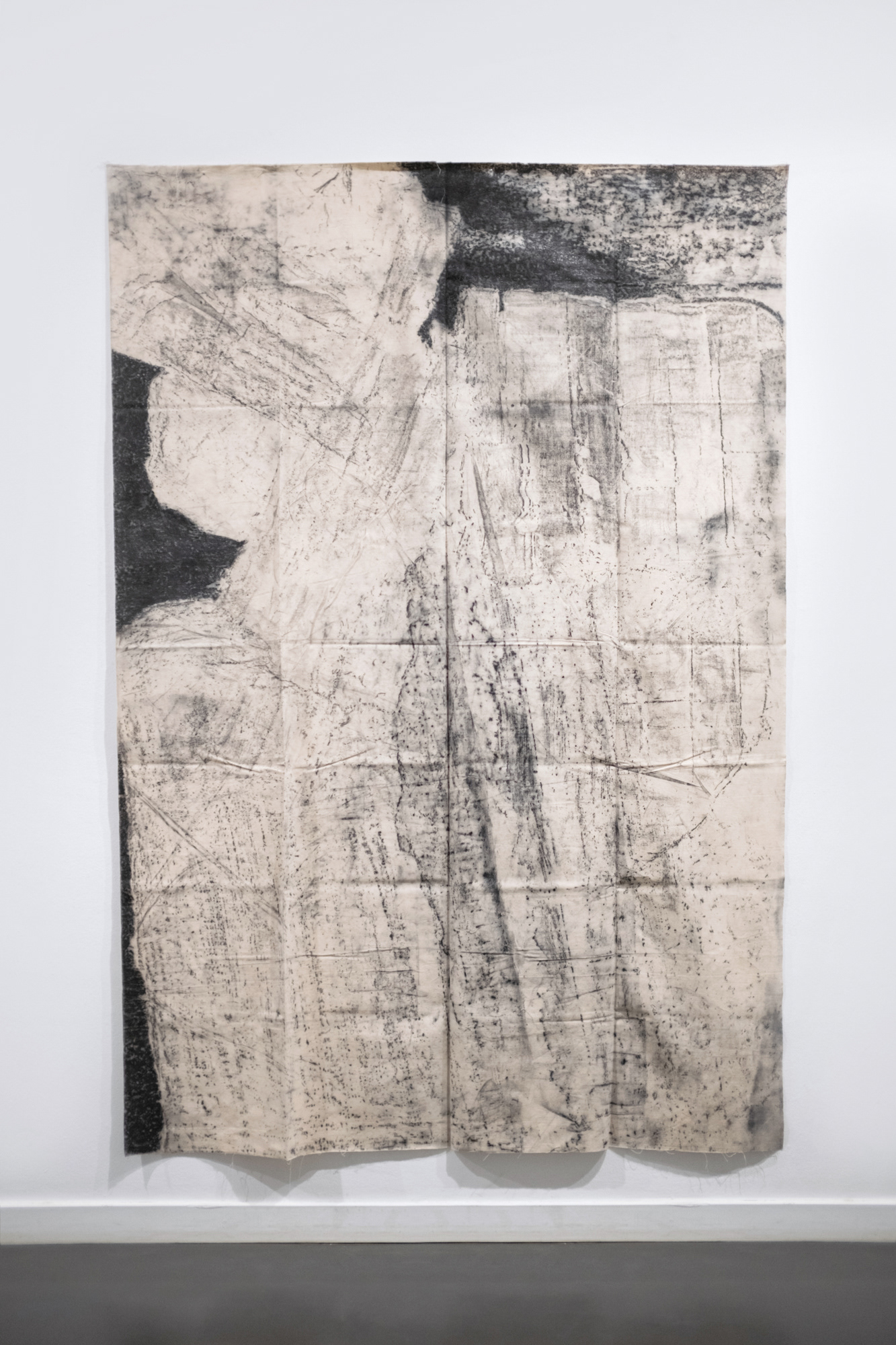
Hunter Buck

Martinho Mendes
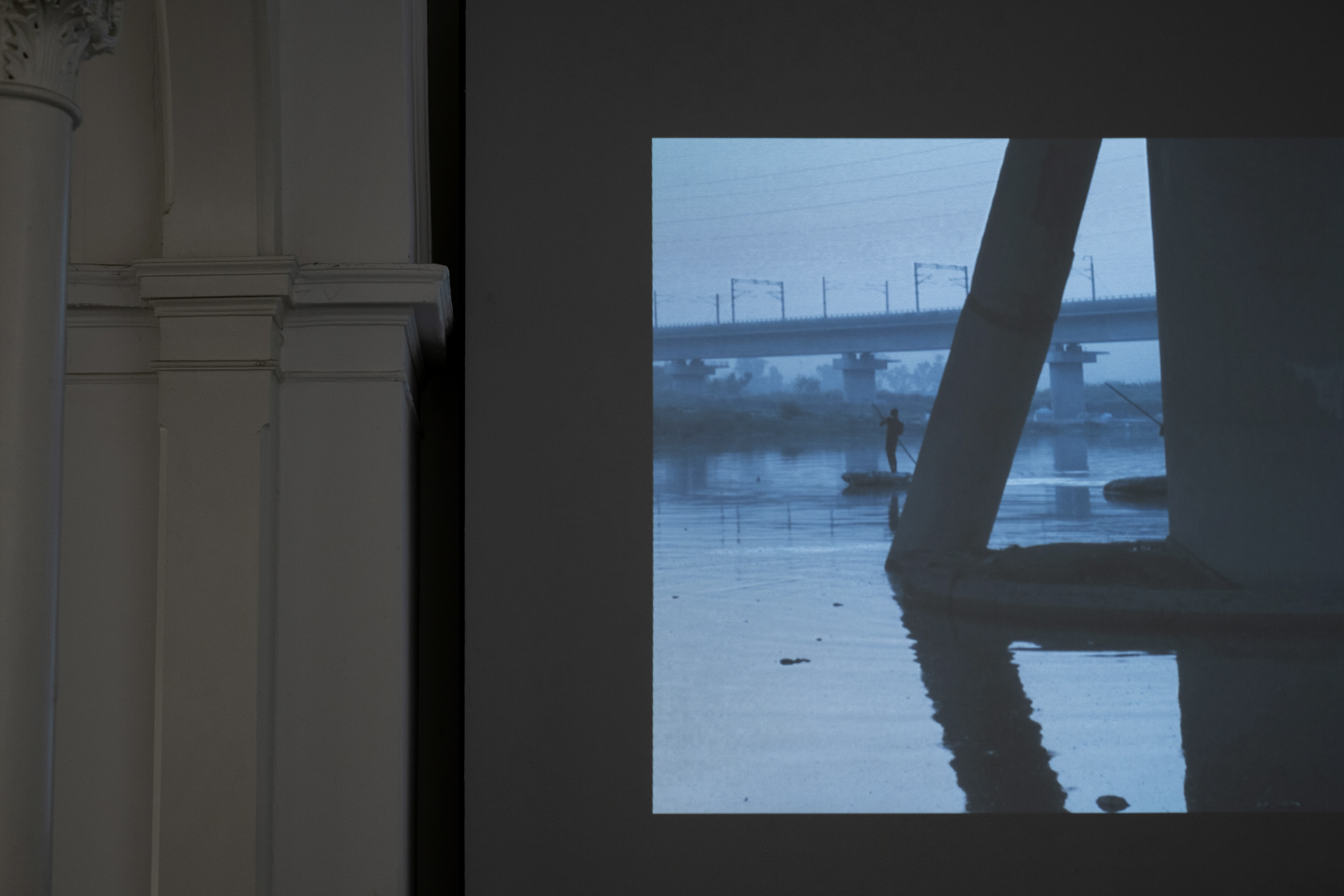
Vibha Galhotra
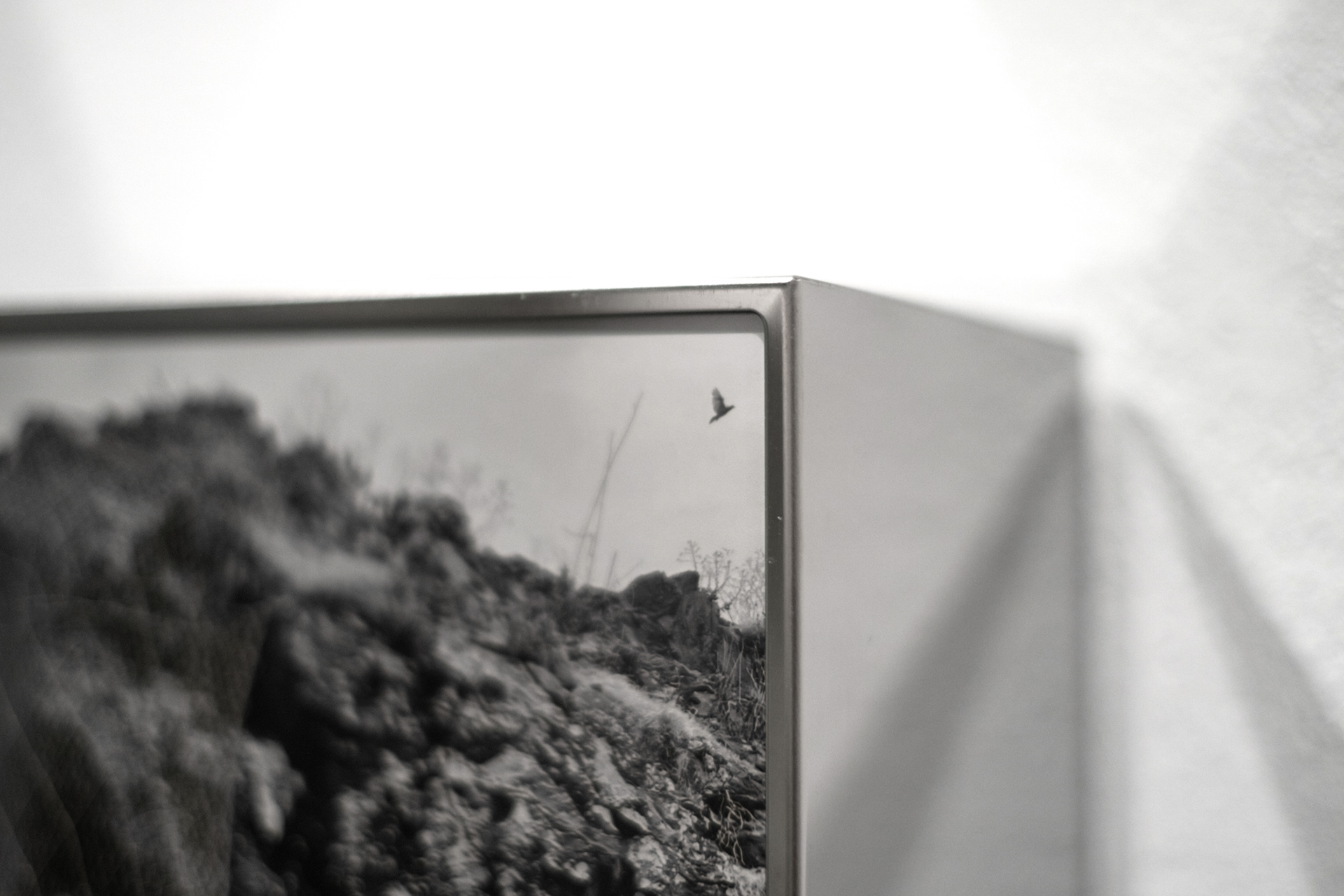
Martinho Mendes
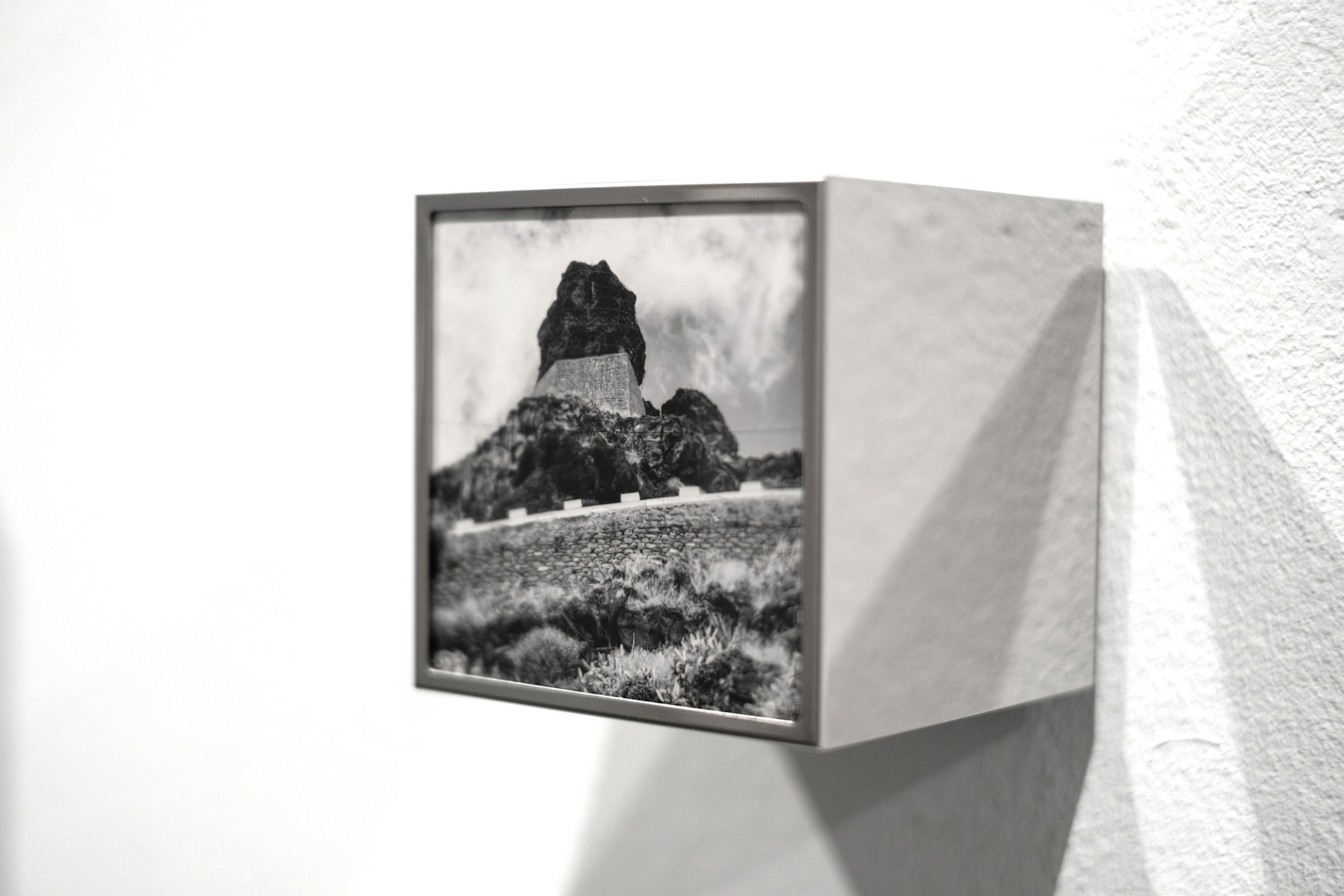
Martinho Mendes
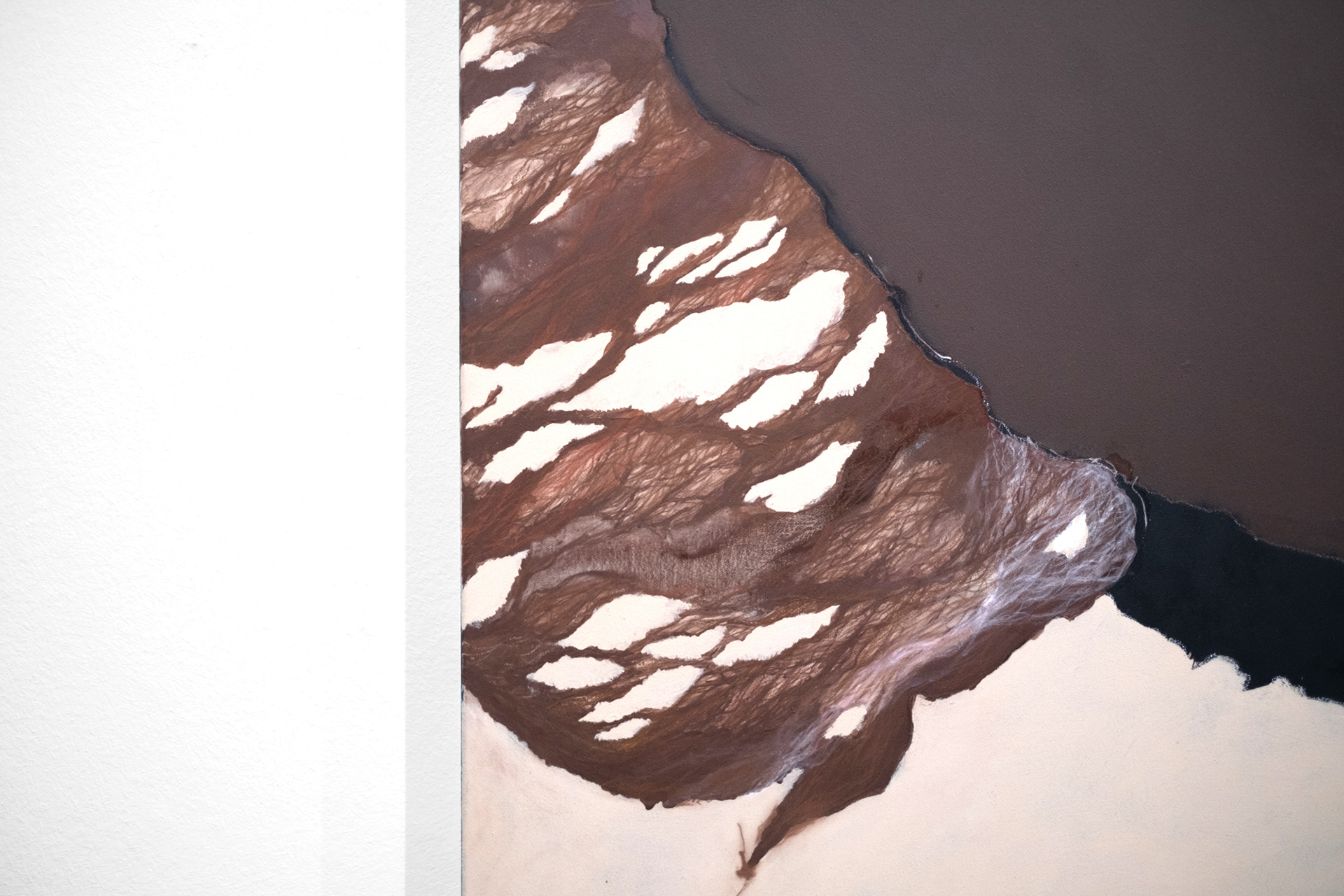
Kristian Askelund
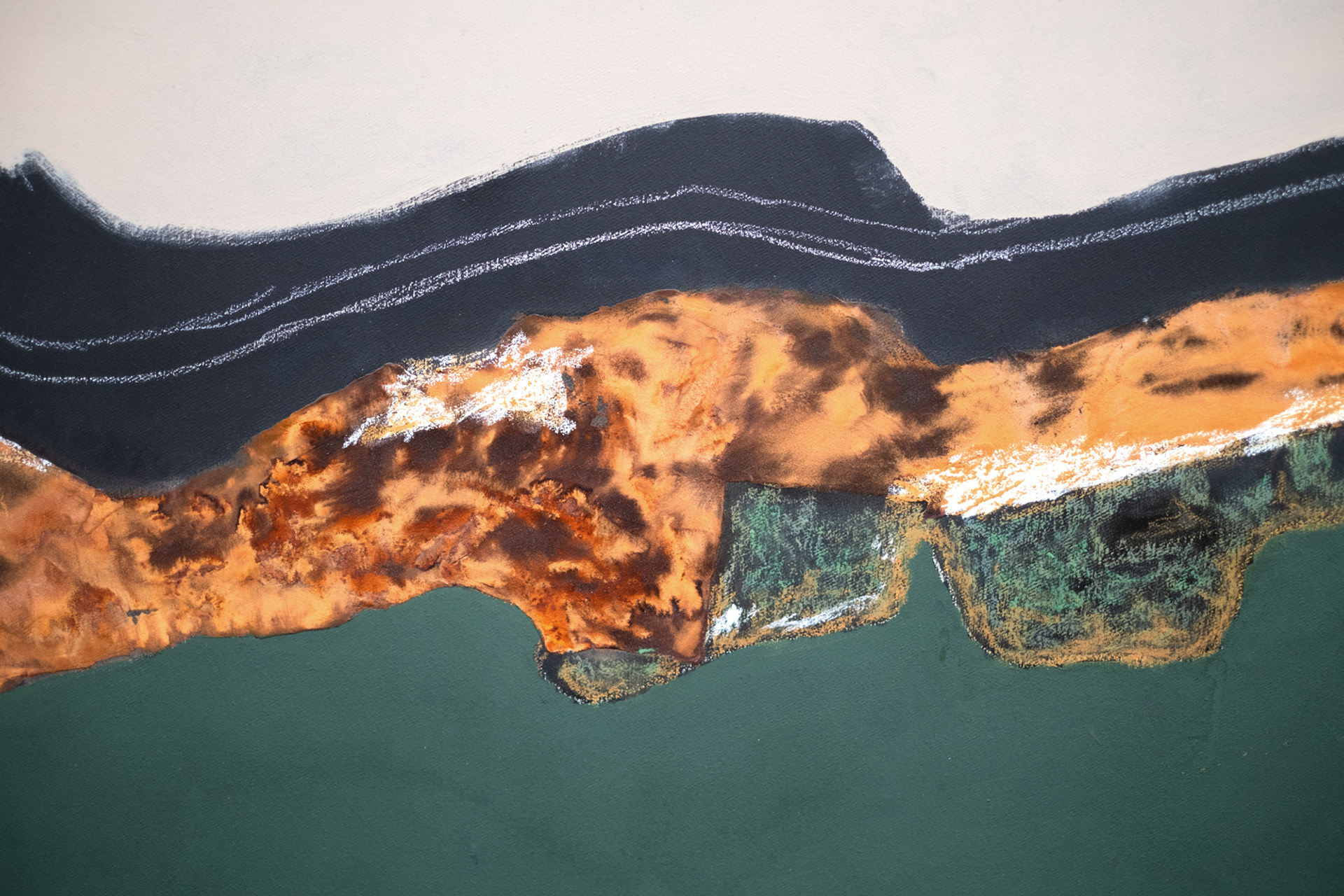
Kristian Askelund

Kristian Askelund
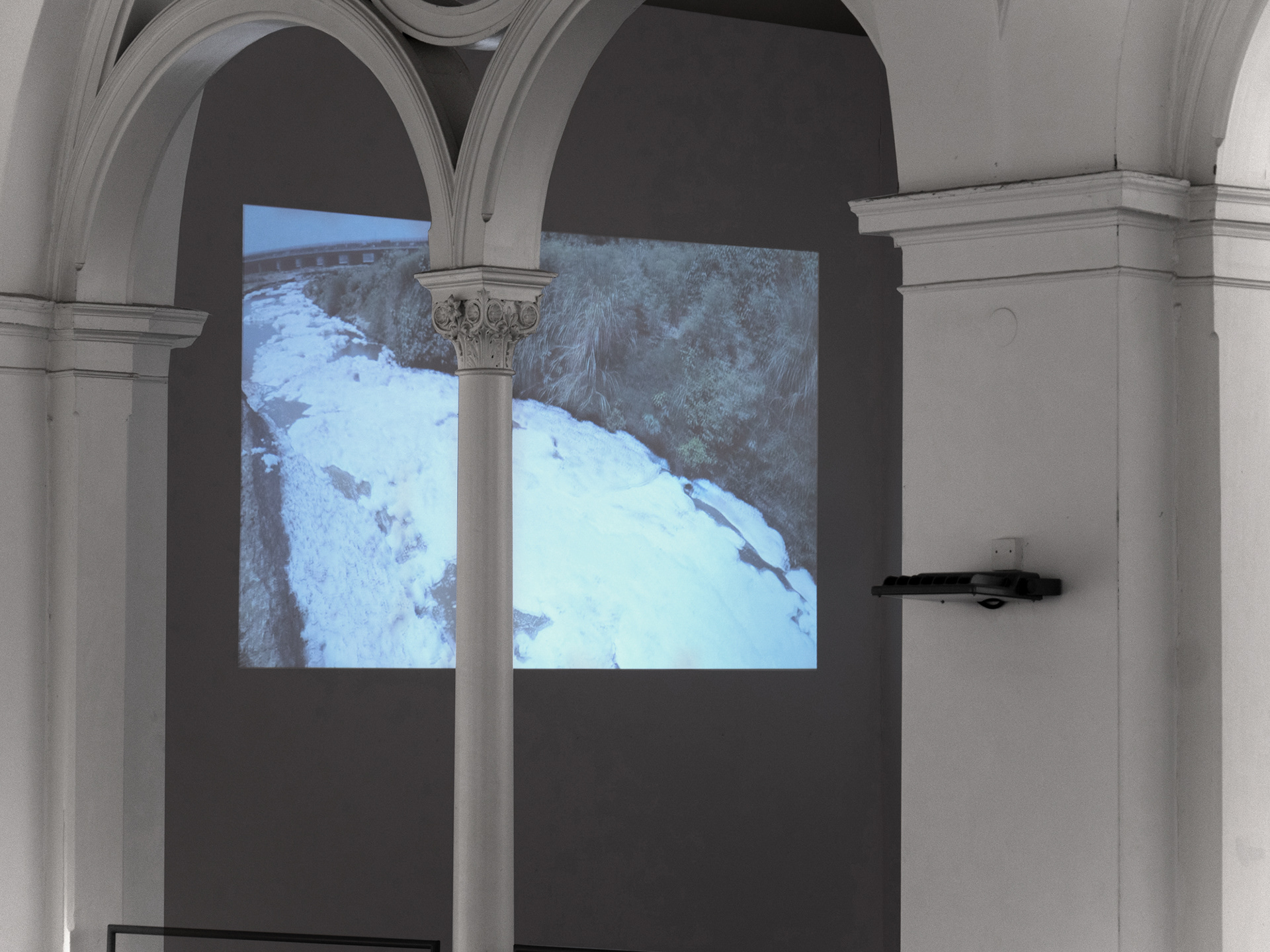
Vibha Galhotra
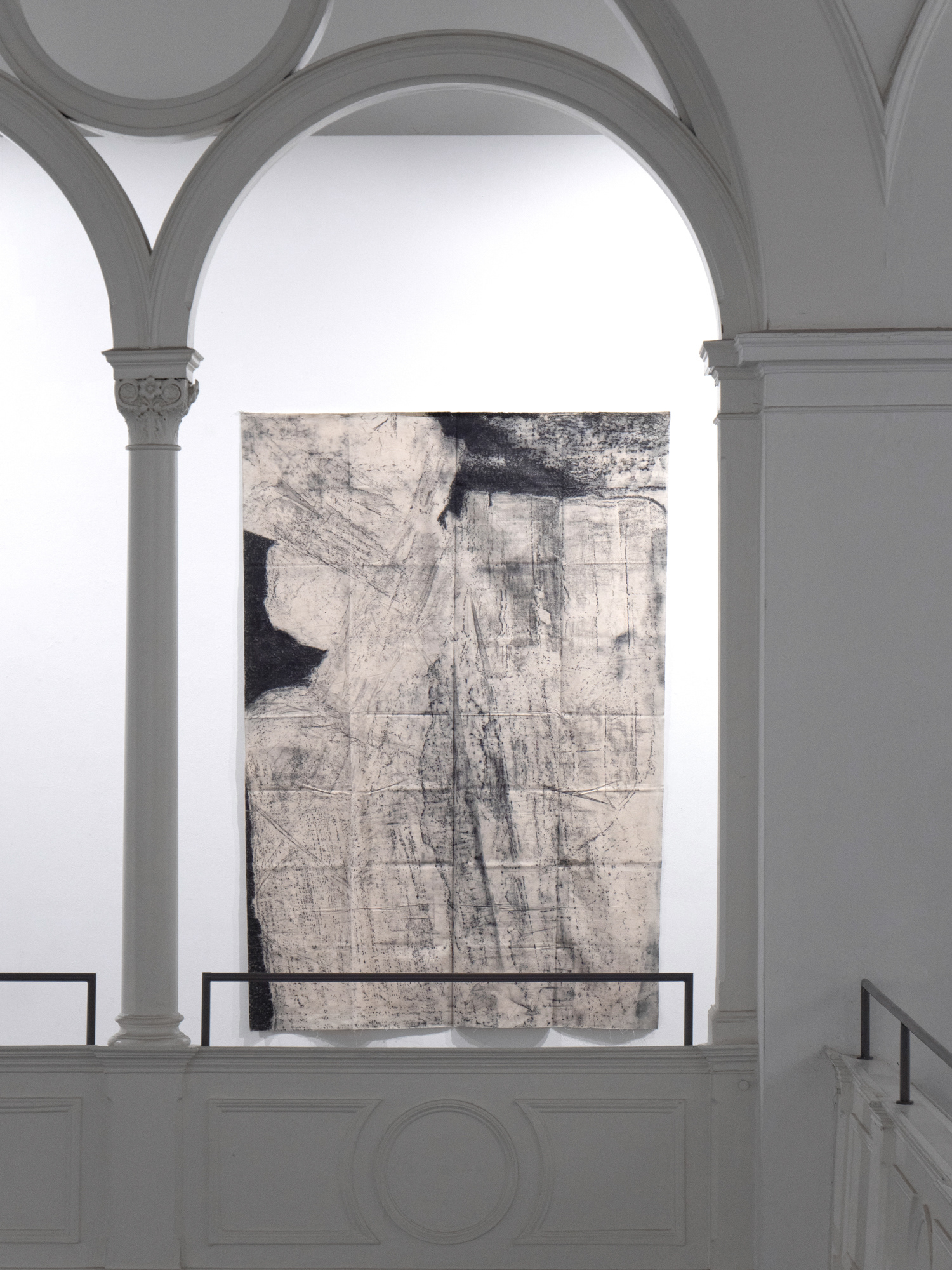
Hunter Buck
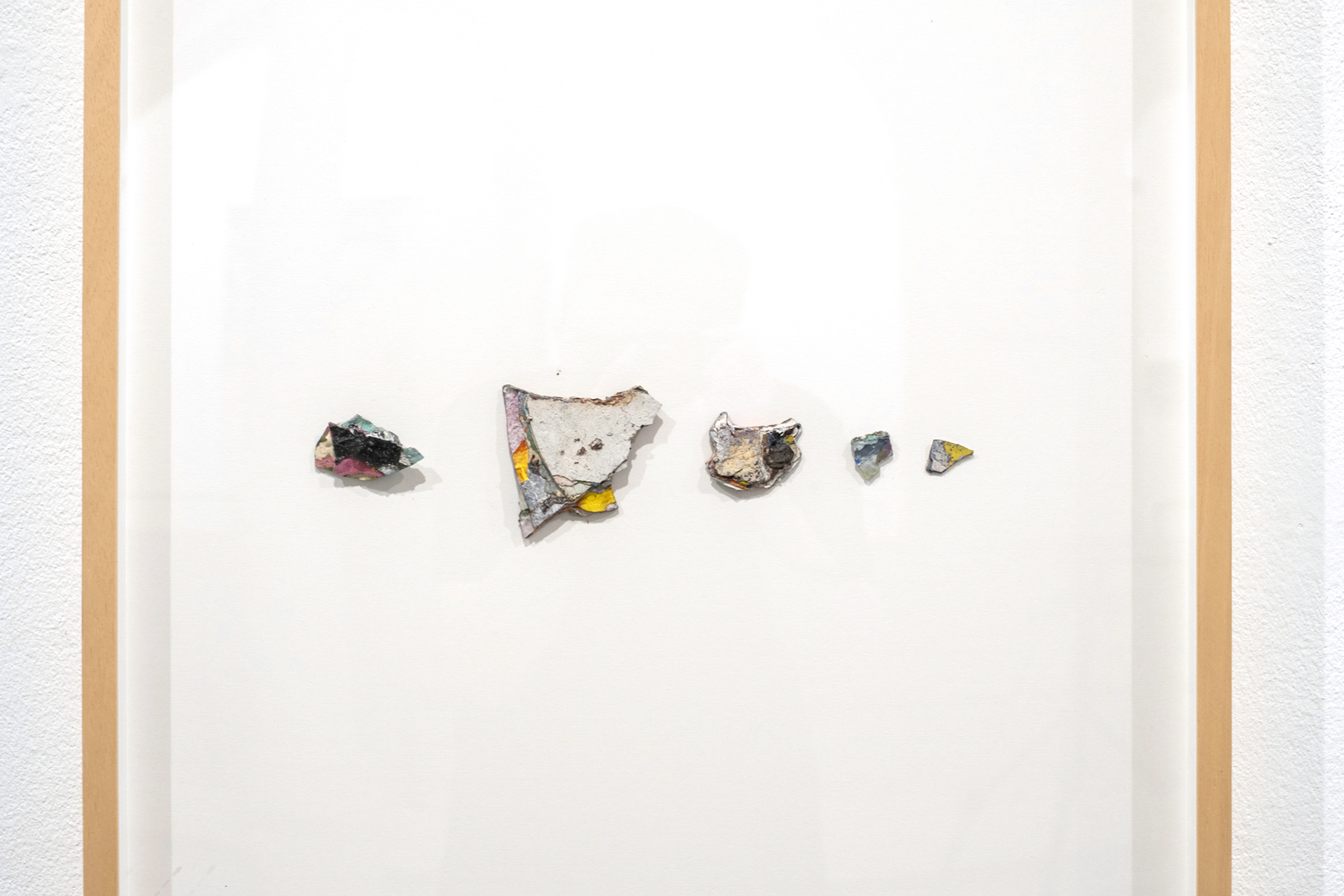
Jazoo Yang
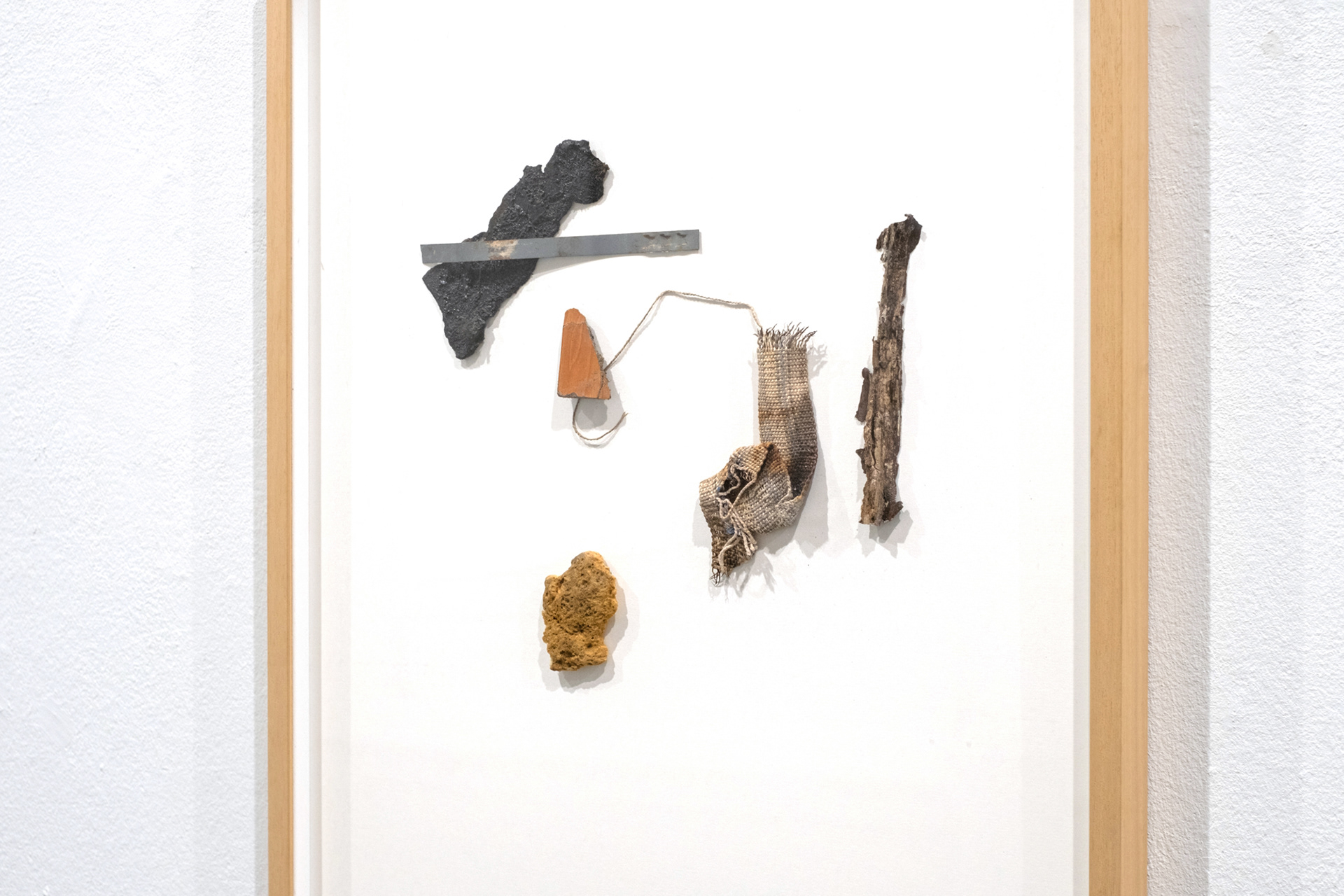
Jazoo Yang

Kristian Askelund

Kristian Askelund
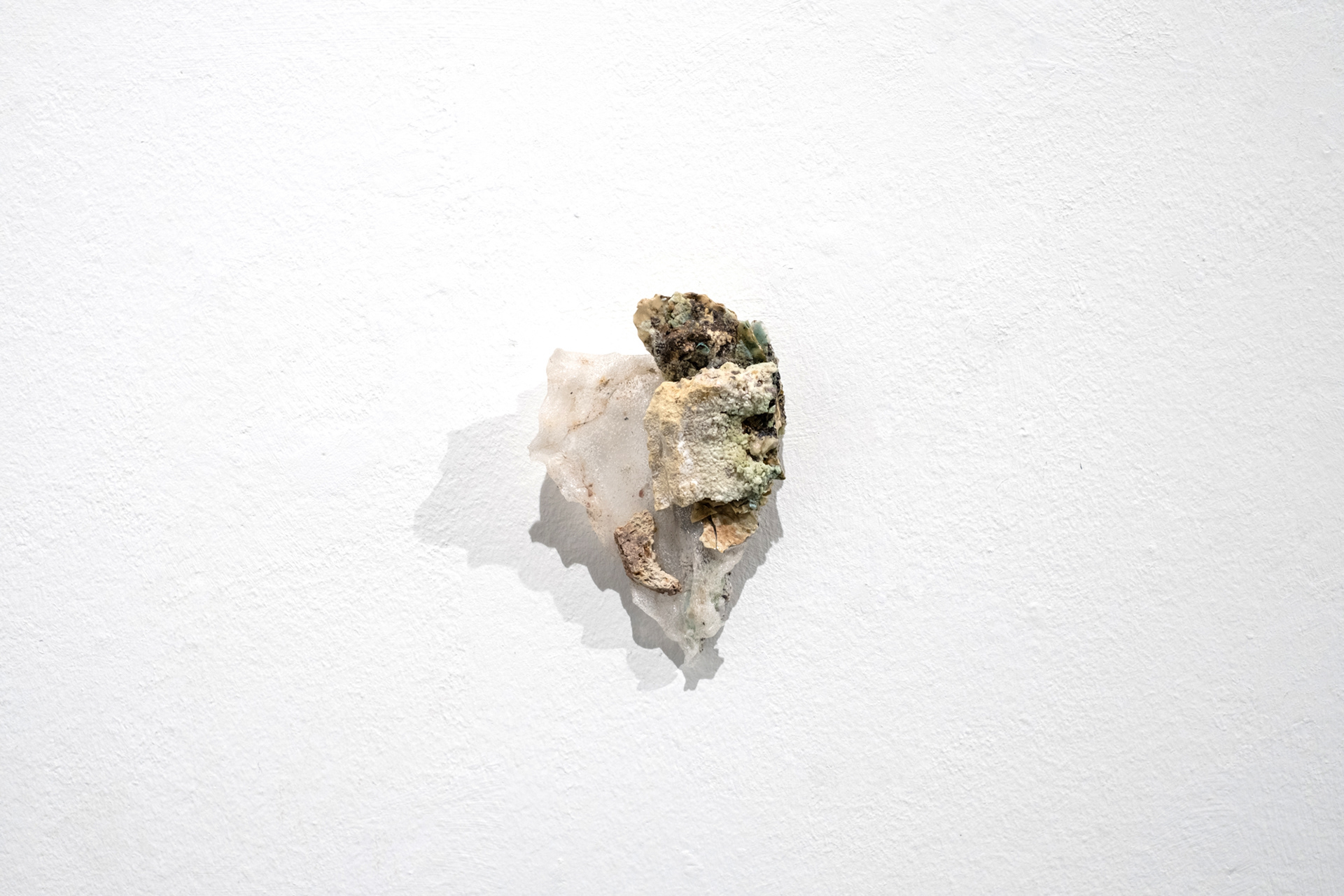
Silvia Noronha

Silvia Noronha
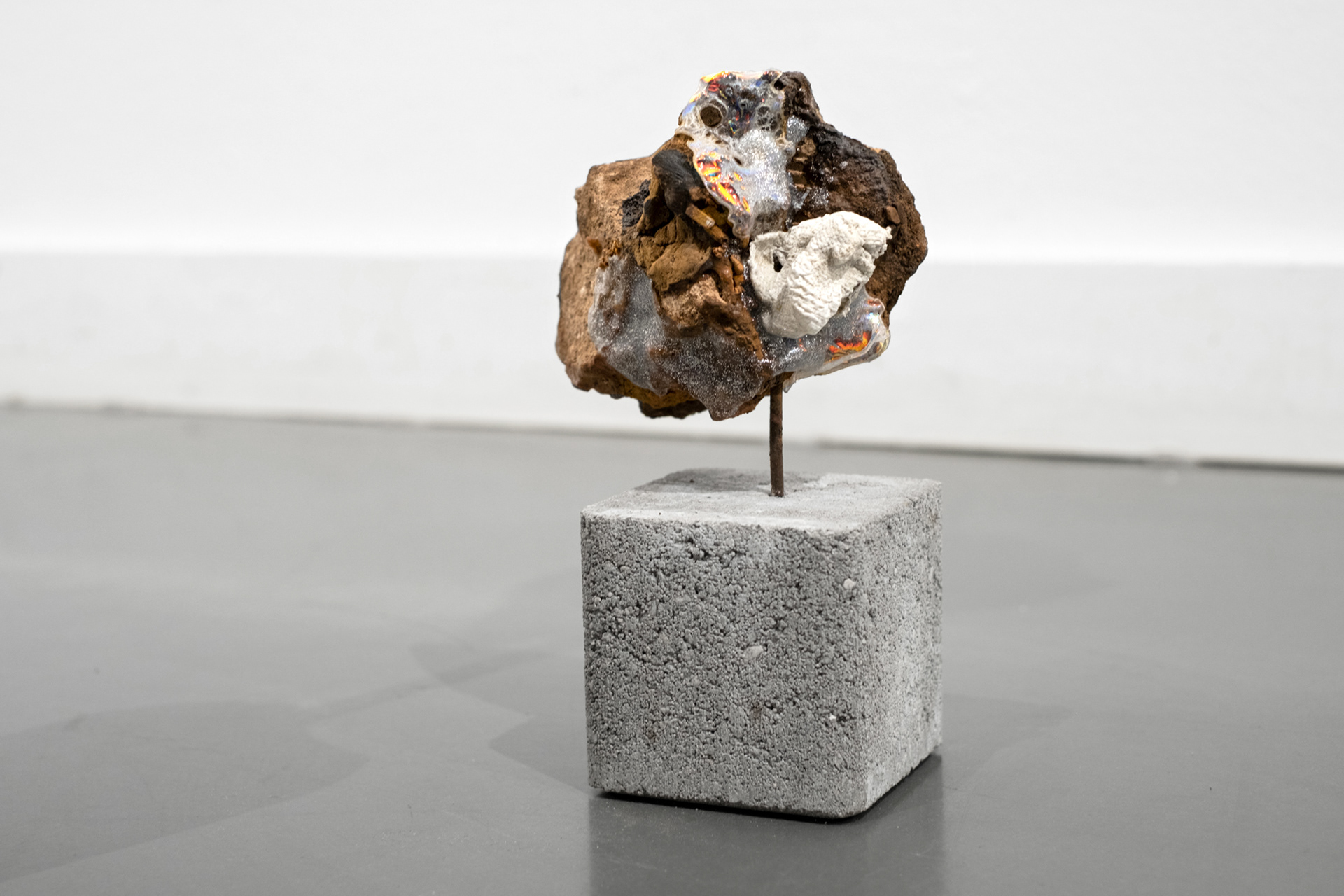
Silvia Noronha

Silvia Noronha
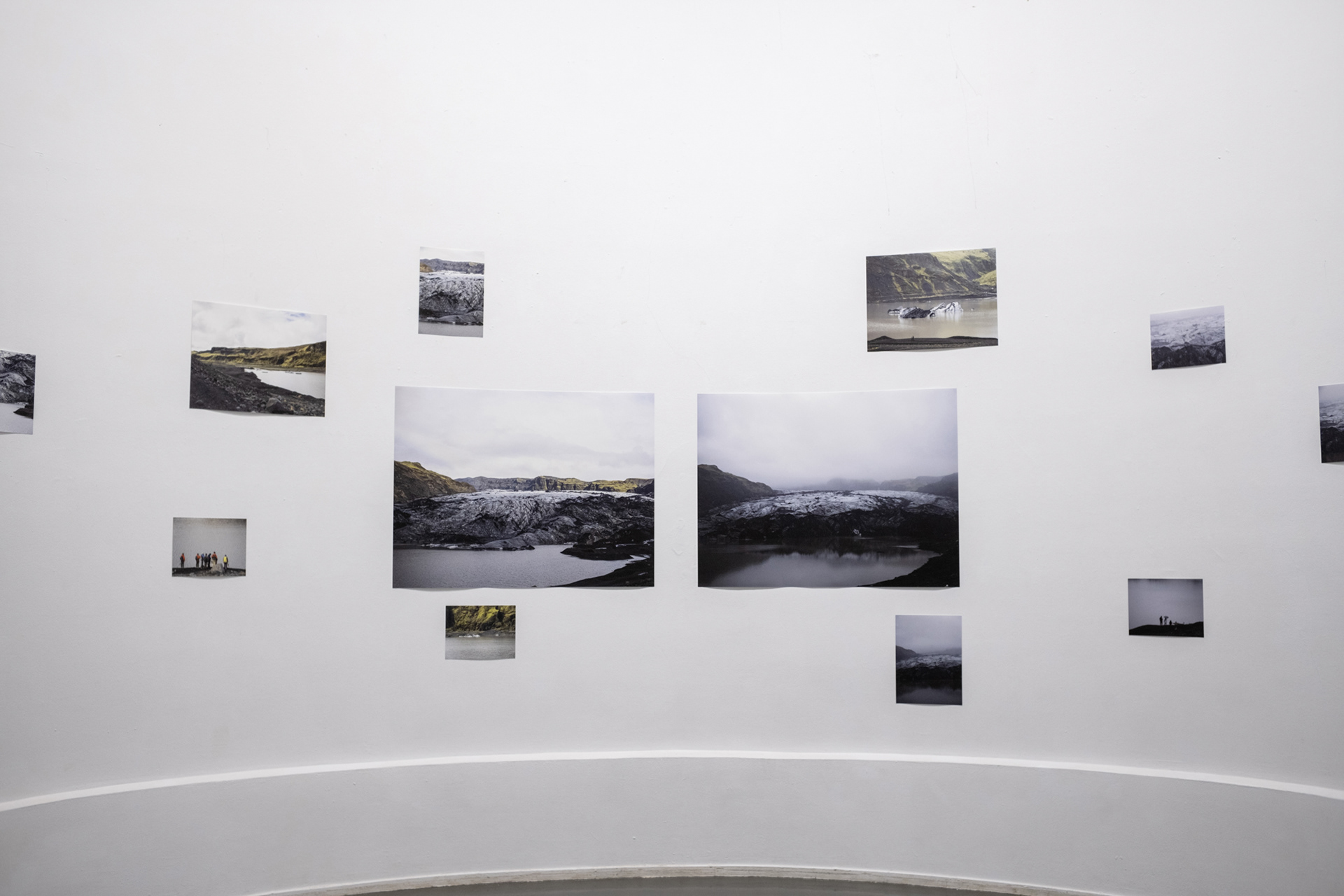
Pako Quijada
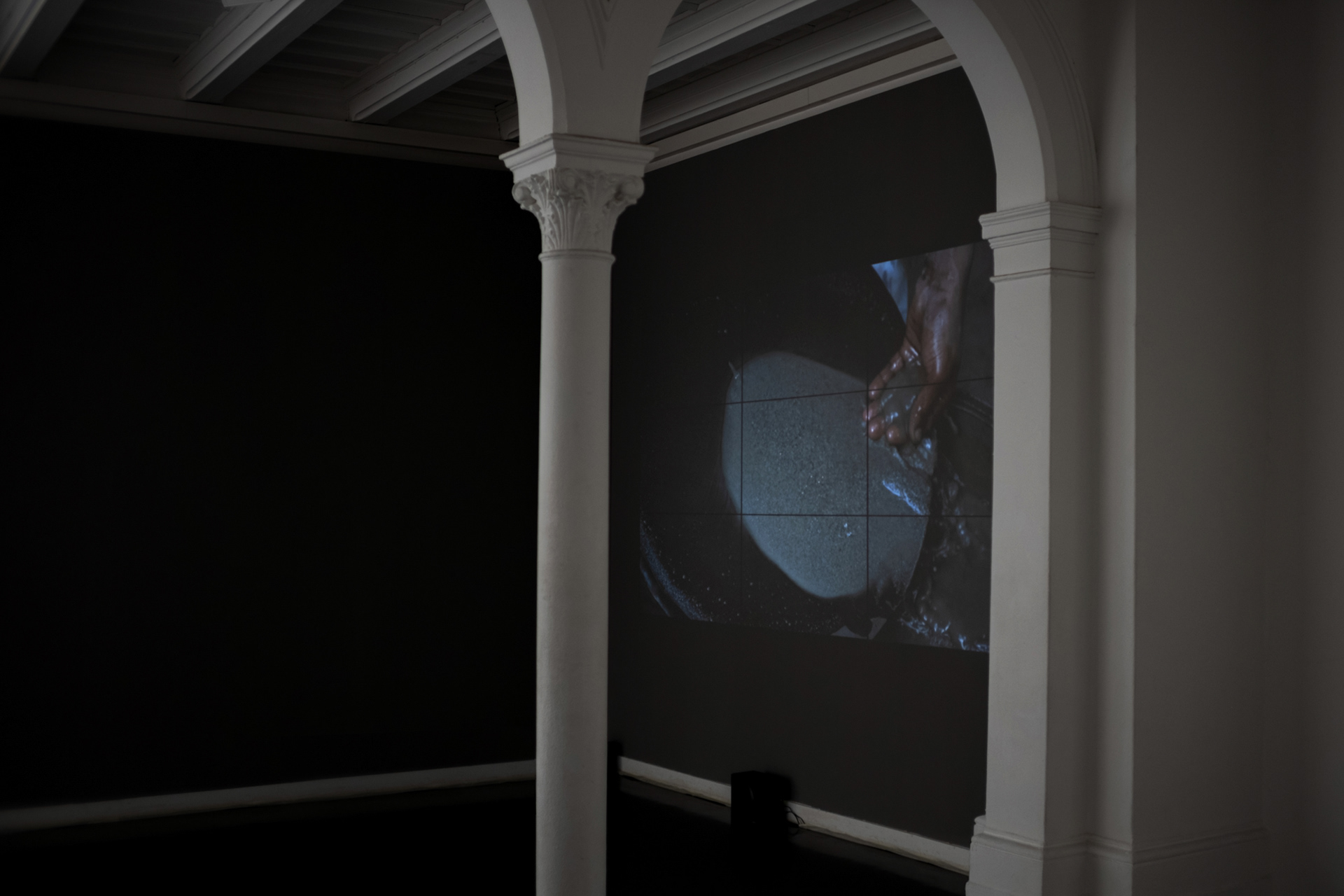
Clemencia Echeverri
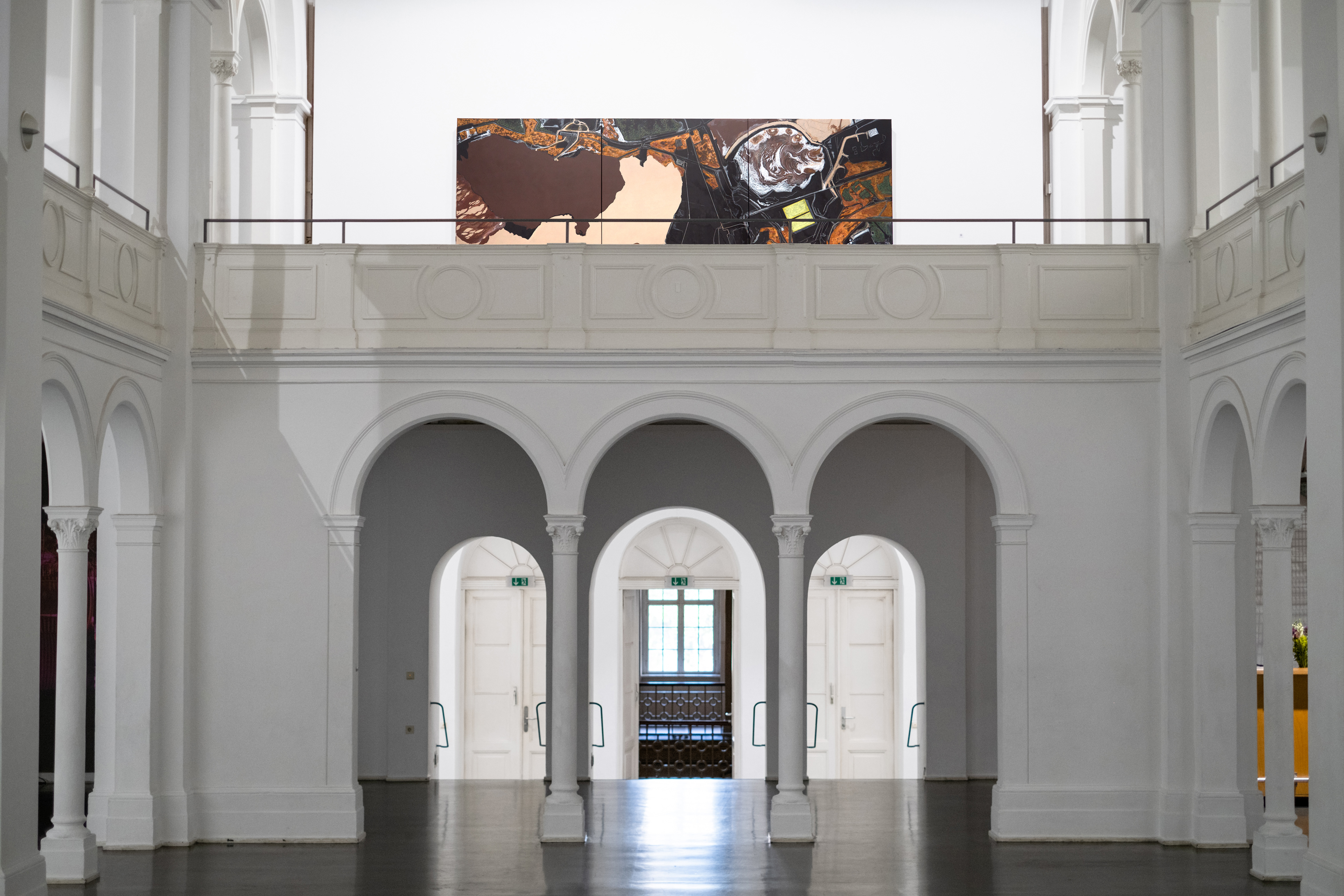
General view
